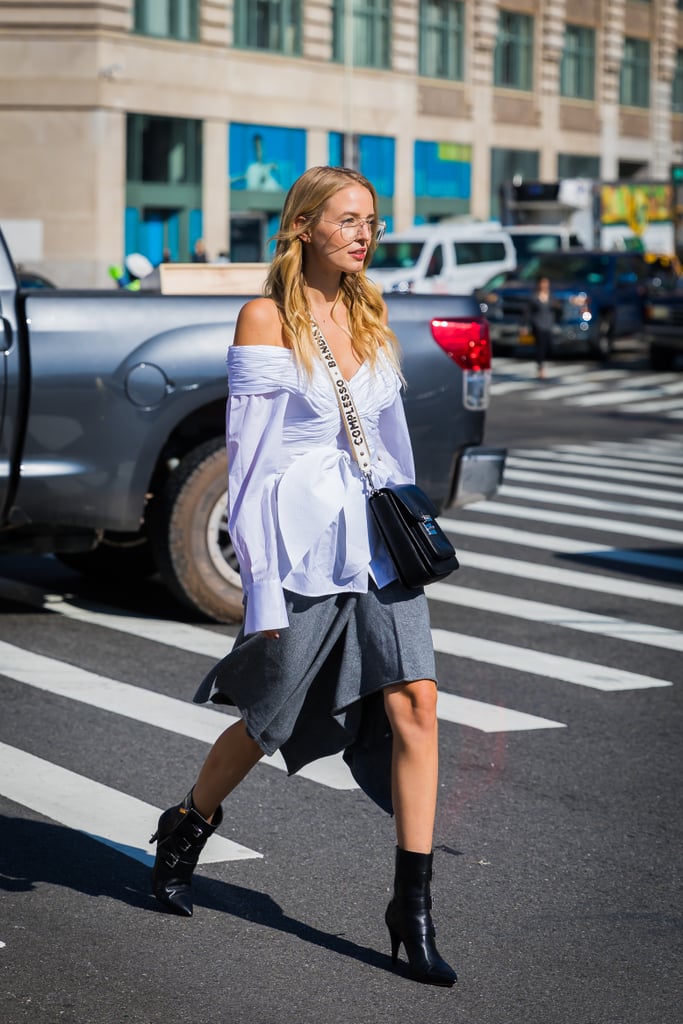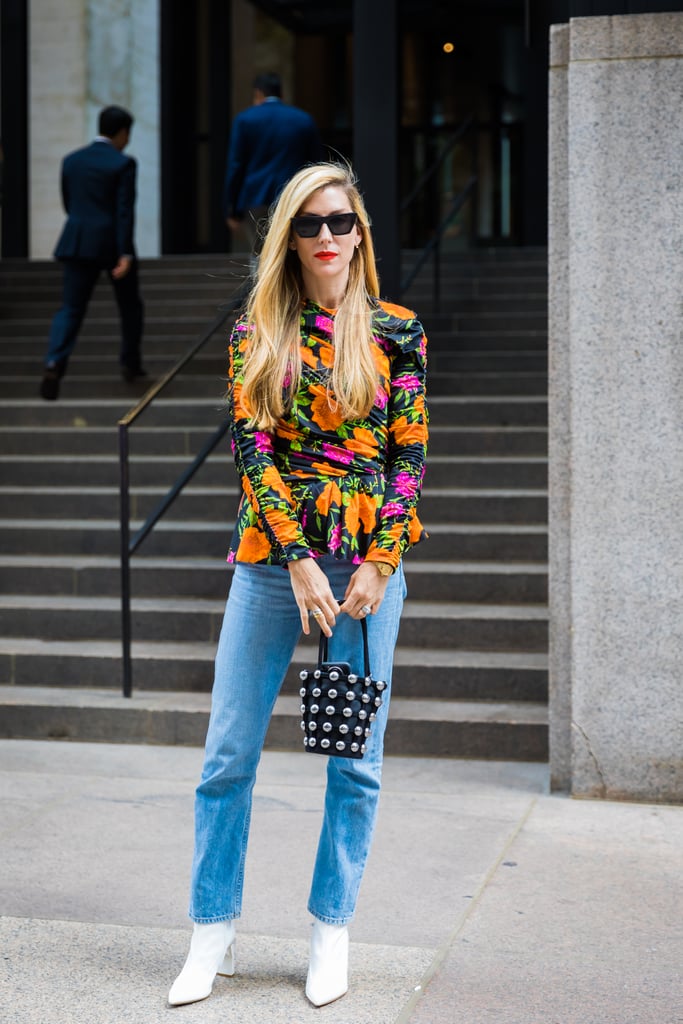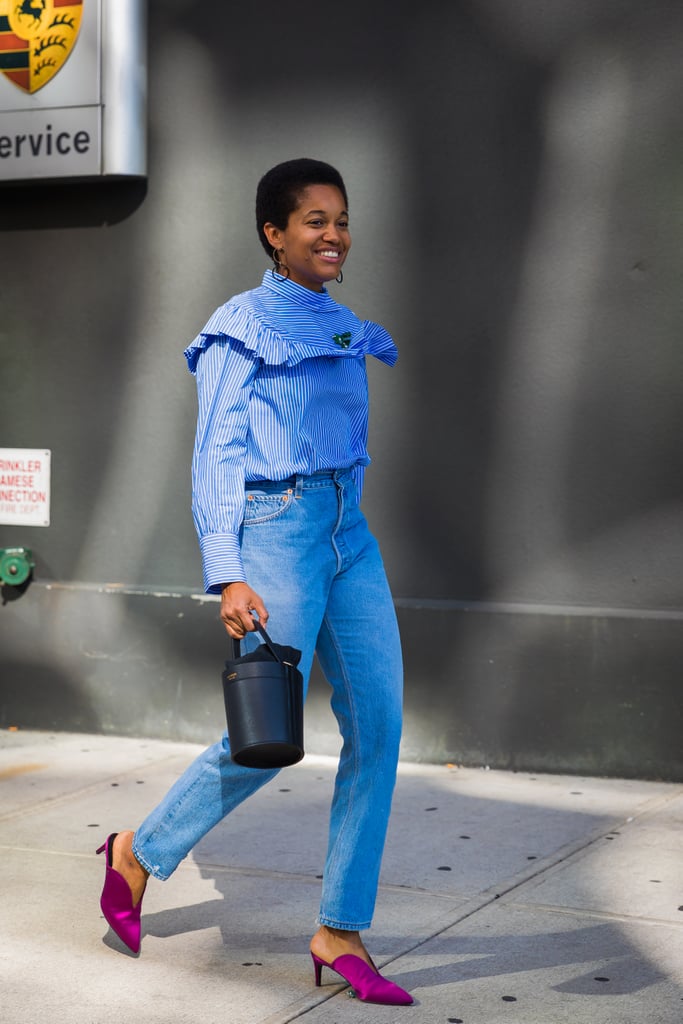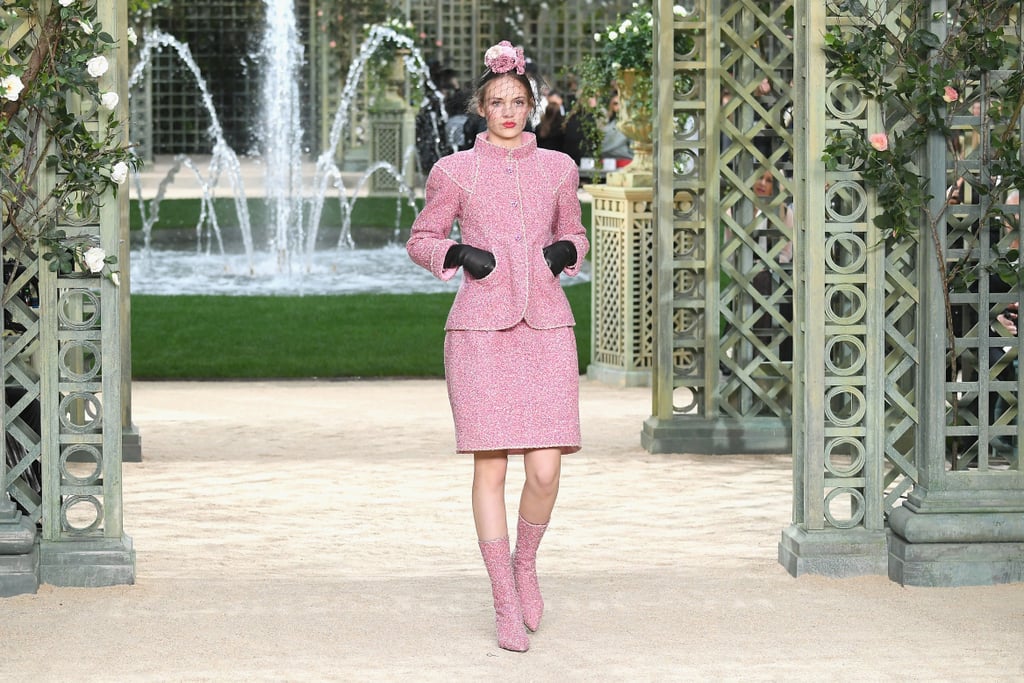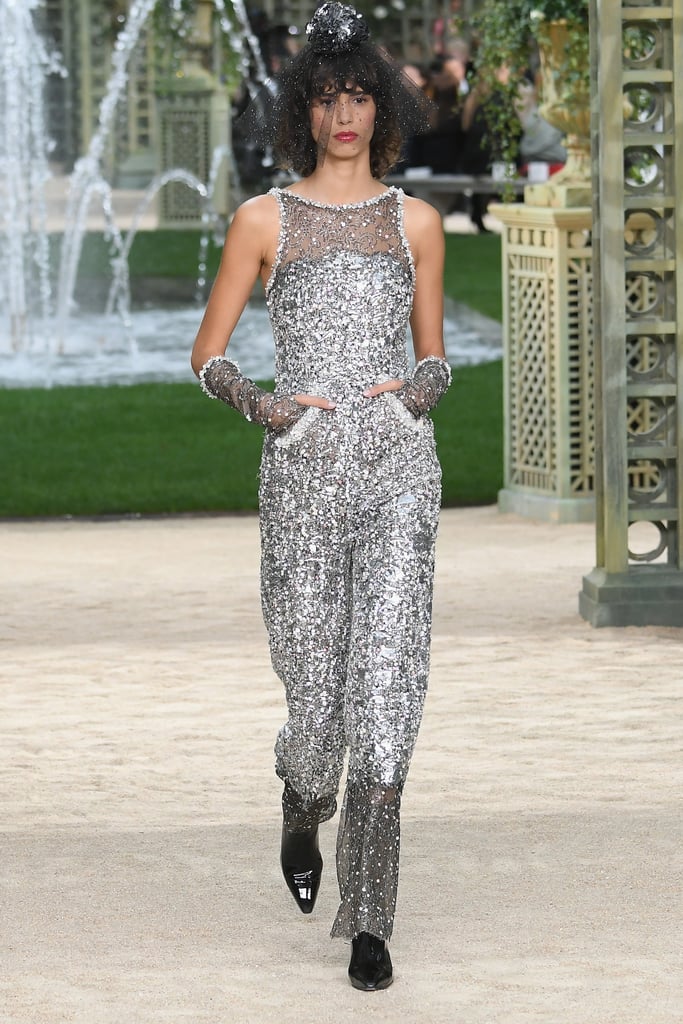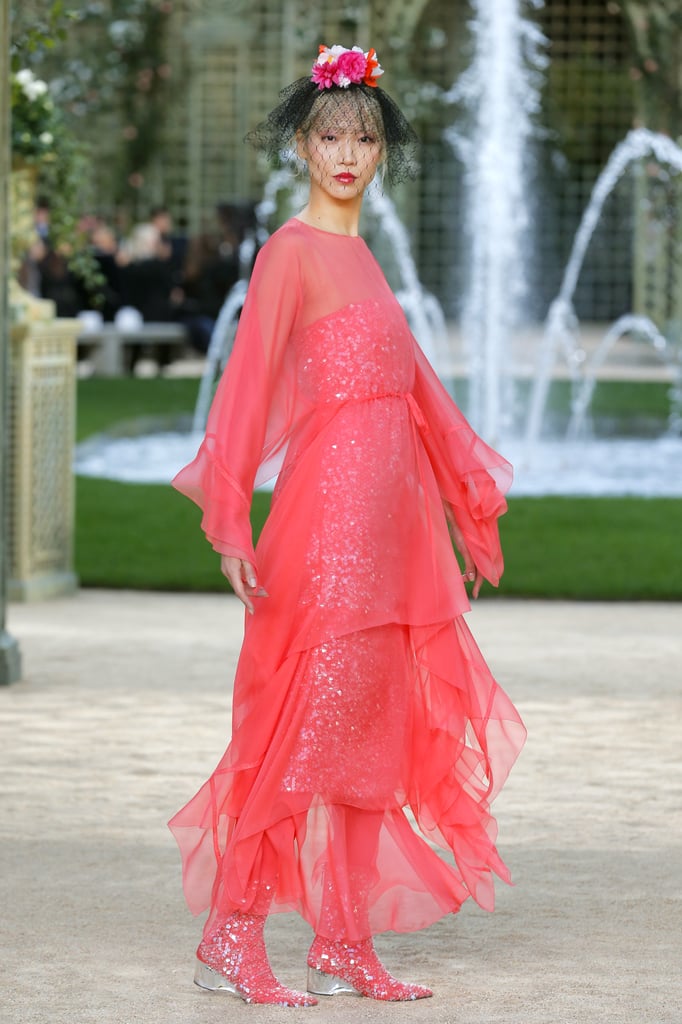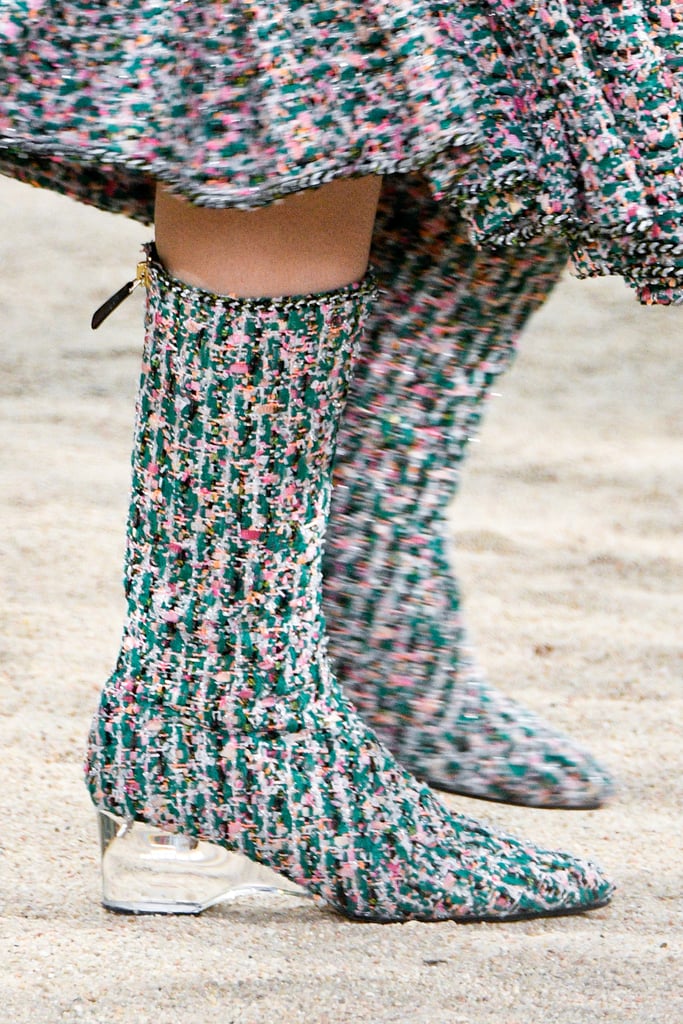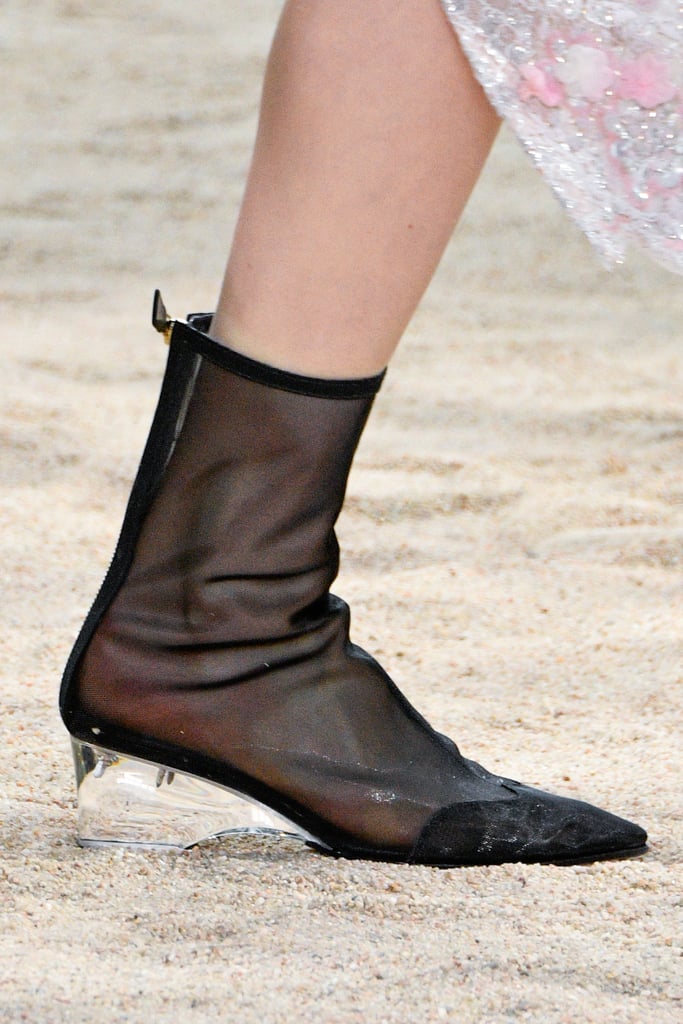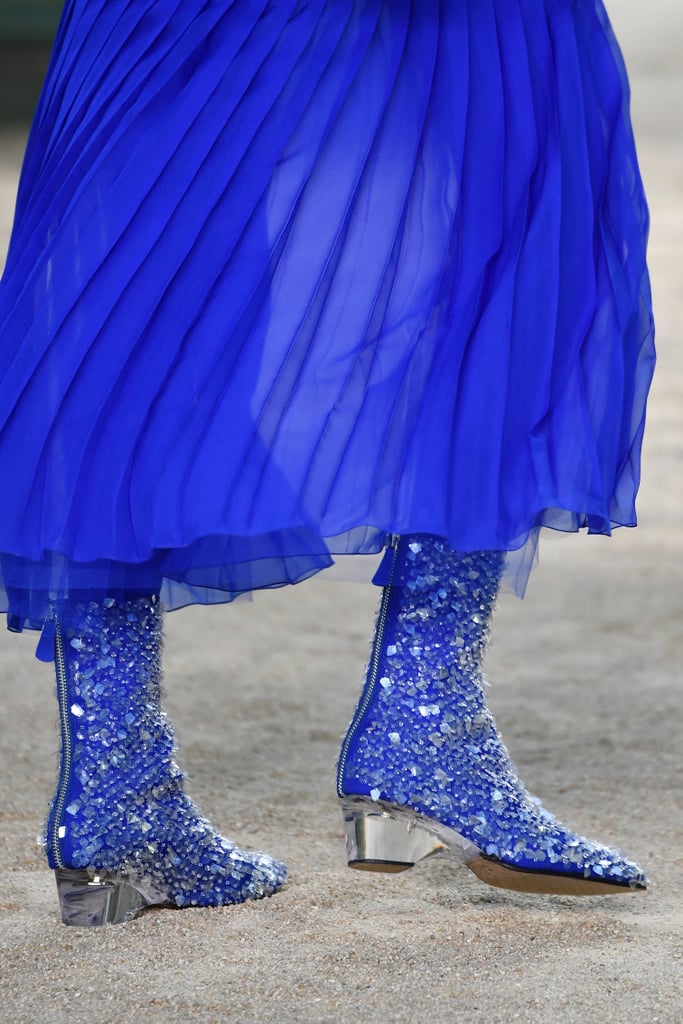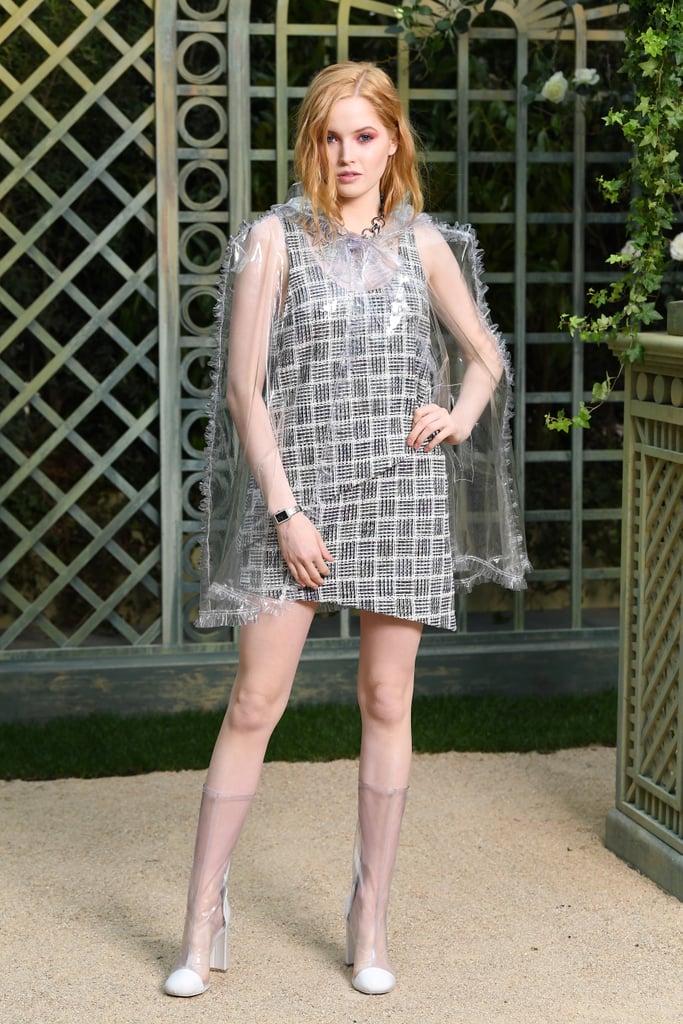
Rachel Willey
Book covers offer an enticing teaser for what’s to come on a book’s pages or convey the essence of a story in question.
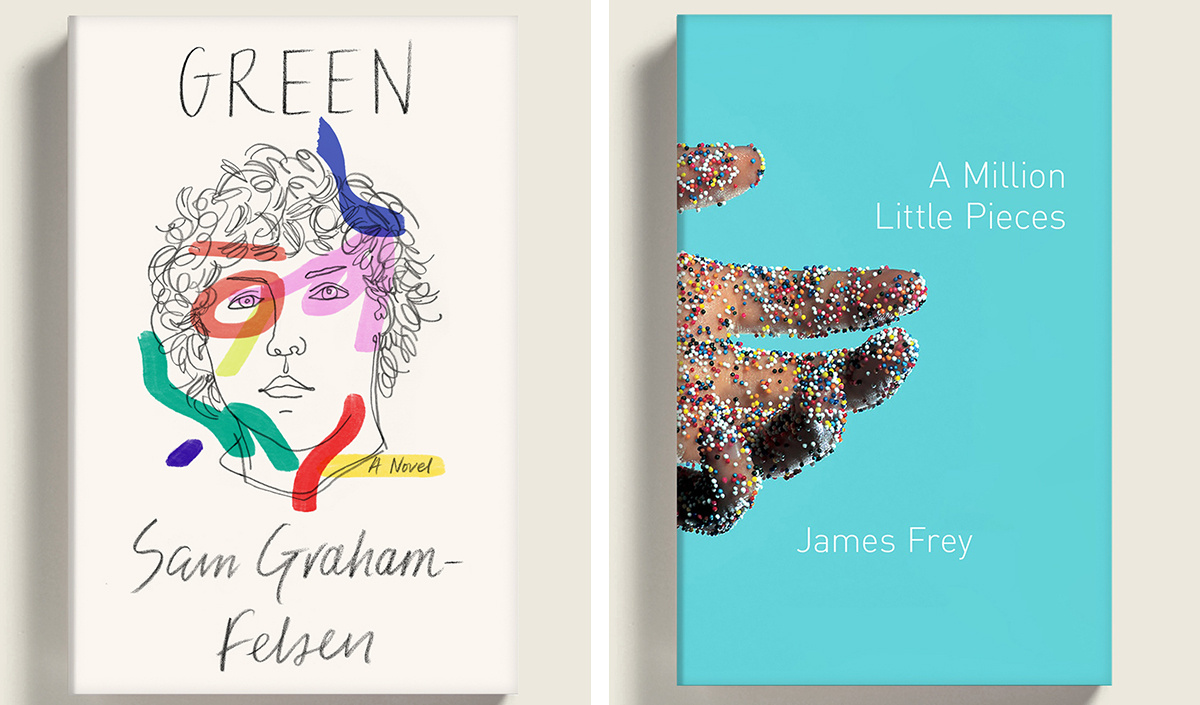
Rodrigo Corral
Stefan Sagmeister

Janet Hansen

John Gall
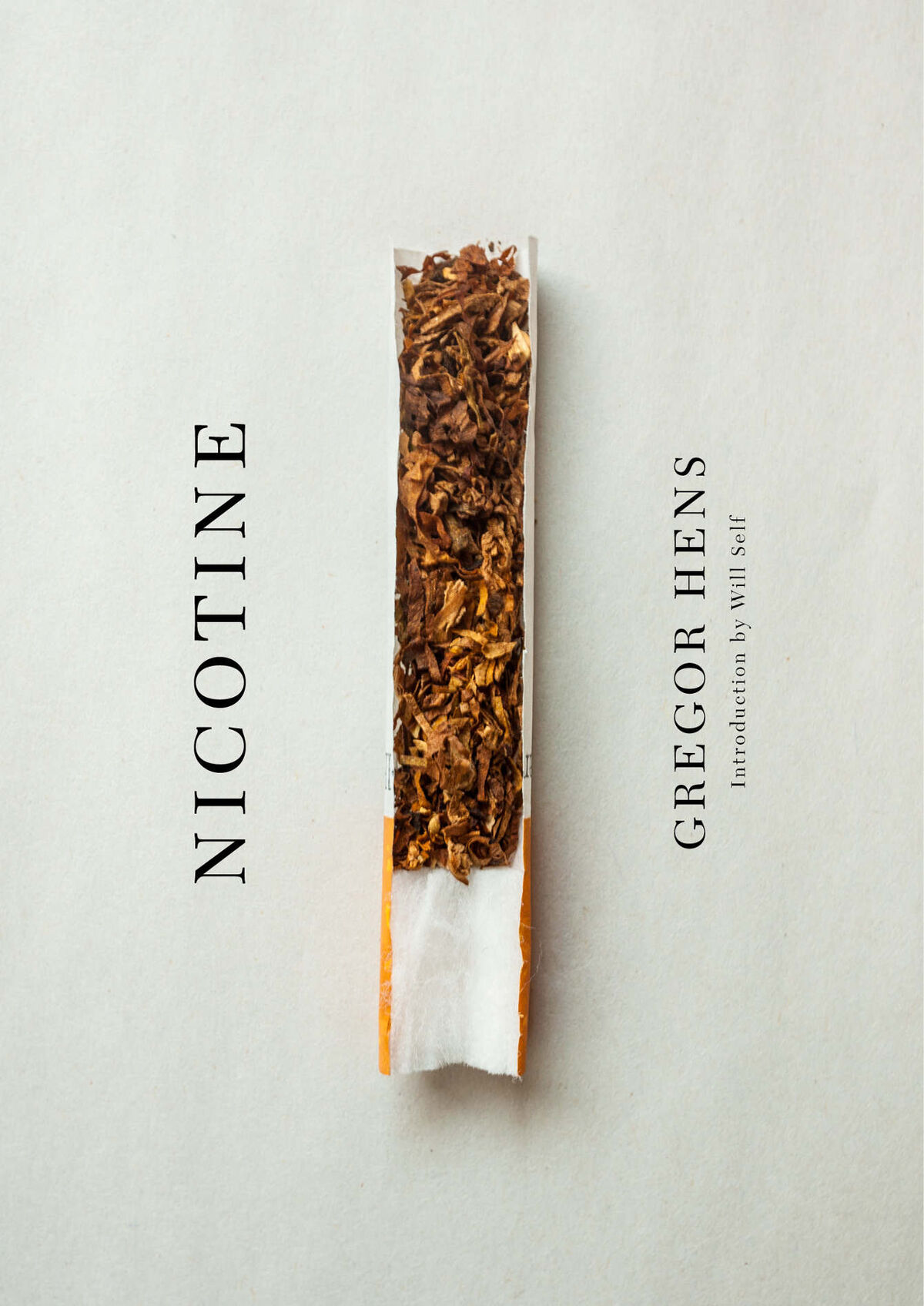
Design by John Gall.

Design by John Gall.

Book covers offer an enticing teaser for what’s to come on a book’s pages or convey the essence of a story in question.




Design by John Gall.

Design by John Gall.
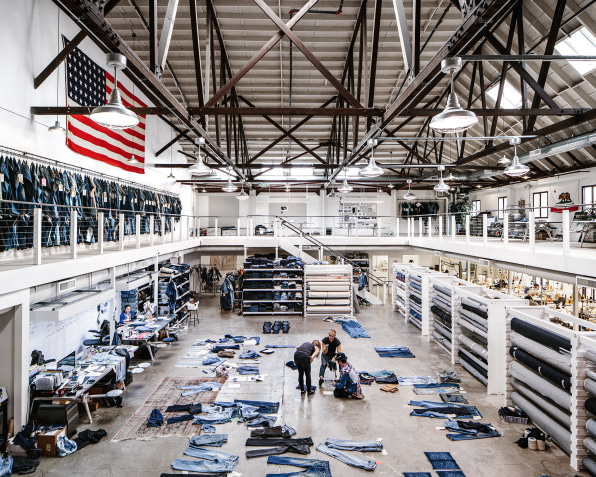
They now have a new laser technology that will, in a snap, do what now takes much longer. The breakthrough uses infrared light to etch off a very fine layer of the indigo and cotton from a pair of jeans, creating the same kind of faded finishes and tears in 90 seconds flat.
This new tech, which Sights will automate many new aspects of the company’s denim-making process, from the design and prototyping to the manufacturing, to catering to consumer demand.
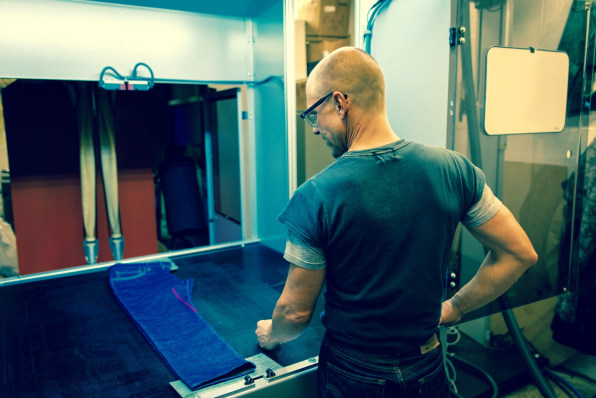
[Photo: courtesy of Levi’s]
The company employs 13,500 workers around the world—not including those that work in third-party factories. Levi’s jeans are sold at 50,000 retailers in 110 countries. This will will mean retraining hundreds of people and changing the time it takes to get products to stores. But by introducing these laser-wielding robots into Levi’s factories around the world, it has the potential to eliminate many repetitive, dangerous tasks that are an everyday part of the job for denim workers.
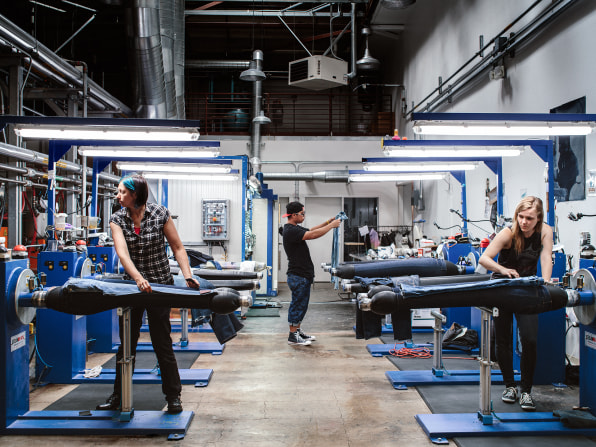
[Photo: courtesy of Levi’s]
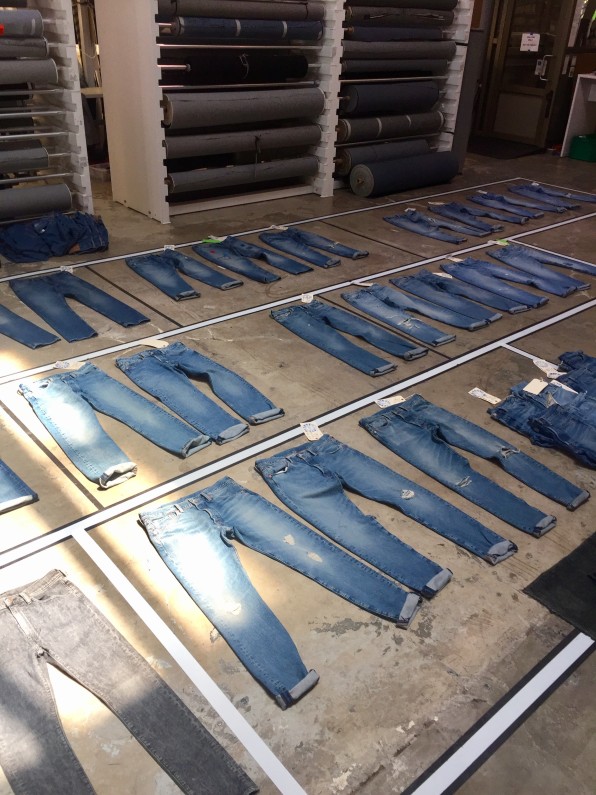
[Photo: courtesy of Levi’s]
Between 80 and 100 billion never-worn garments are sent to landfills globally every year. This new technology will shift our model from ‘sell what you make’ to ‘make what you sell,’ which will absolutely improve their overall inventory health.













It appears that Russia has a thriving market for fake street wear. Russia’s fragile economy, international sanctions and low wages has kept demand for fakes alive and well.

A group of artist won a $6.75 million judgment whereby the judge , ruled that the developer’s destruction of the street art( graffiti) violated the Visual Artists Rights Act (VARA), which provides certain artists rights over work even if it is not their property. The ruling provides closure for one of the most-watched legal battles in the art world, one that began after developer Jerry Wolkoff whitewashed graffiti aka 5Pointz in historic Queens without specific warning, destroying the graffiti artworks in November 2013. But the impact of the suit may well echo far into the future. The judgement marks the first time graffiti artists have triumphed in a VARA lawsuit and the 50 page opinion penned by Judge Frederic Block gives other graffiti artists hope that they could find success bringing cases under the statute—though they may not be awarded such high damages.









Cherice Harrison-Nelson. Photo by Jeffrey David Ehrenreich. Courtesy of the artist.

Work by Cherice Harrison-Nelson. Courtesy of the artist.
Beginning in the 15th century, when Portuguese traders arrived in West Africa, glass “trade beads” were used by Europeans to establish trade networks, barter for resources, and buy slaves. In North America, beads were likewise used for nefarious purposes, perhaps most infamously by Peter Minuit, a Dutch trader who is said to have purchased Manhattan from the Lenape Indians in exchange for a box of beads and assorted trinkets.
For many artists working with beads today, the medium’s historical connection to colonialism, slavery, and genocide is still potent—it may even be the reason they employ it. Others use beadwork to explore different kinds of conceptual concerns, from challenging the invisibility of women’s labor to asserting the importance of the individual. The following artists engage with beadwork in diverse ways, but each is pushing the medium in new directions.

Florida’s historical “Highwaymen” consists of a group of around two dozen black painters who made a living selling their landscape paintings out of car trunks in the Jim Crow South—art was something of a pathway to freedom.
From the 1950s through the ’70s, the Highwaymen produced over 200,000 paintings of Florida’s diverse ecology—vivid scenes depicting fiery red sunsets over aquamarine bays or the scraggy, Spanish moss-covered banyan trees stretching over the state’s backwater regions. Hustling their work straight from their car trunks, the group sold paintings to day-tripping tourists along U.S. Route 1 on Florida’s Atlantic Coast and to (predominantly white) business owners in the banks, motels, and laundromats of their native Fort Pierce, even as galleries turned them away.
The paintings originally went for $25 or $30 each, and were typically sold on the same day they were made, transported in bundles by car or bike in handmade frames and often still glistening with wet oil paint. Today, paintings by the Highwaymen are included in the Smithsonian Collection; they can clear $10,000 at auction or in private sales; and originals by the group’s most prominent figures, Al Black, Alfred Hair, and Harold Newton—who is estimated to have made over 30,000 paintings alone—are coveted by a diverse fan base that includes the Obamas and Steven Spielberg.
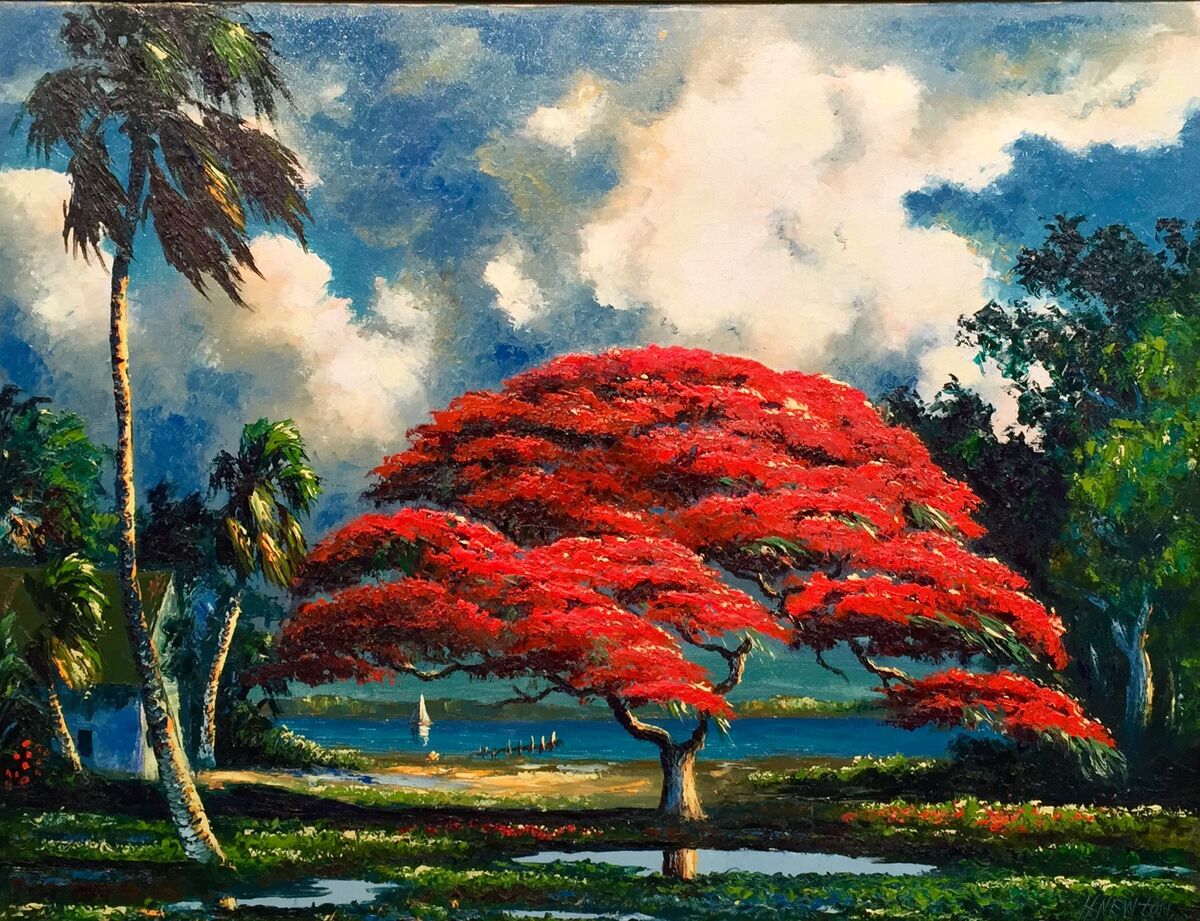
Harold Newton, Poinciana, undated. Collection of Roger Lightle. Image courtesy of A.E. Backus Museum.
This little-known history begins with a man named A.E. “Beanie” Backus, the godfather of the Highwaymen. Backus was born into the racially segregated city of Fort Pierce in 1906, when the town’s black and white neighborhoods were divided along train tracks. A largely self-taught artist, Backus created dramatic landscapes with a palette knife, combining what he’d learned at summer art classes at Parsons in New York City with his encyclopedic knowledge of Florida’s wildlife and his love of its epic thunderstorms. Considered the catalyst of Fort Pierce’s landscape movement, Backus kept his studio open to all, and took on a local student, Alfred Hair, as a studio assistant in 1954. Hair made a name for himself painting dozens of artworks a day and driving the beachfront strip of Fort Pierce in search of customers, while blasting music by James Brown. (He worked at that pace up until his tragic death by gunfire at age 29, in 1970.)
Highwaymen, includes Harold Newton, James Gibson, Livingston Roberts, Roy McLendon, and Mary Ann Carroll—each with their own unique artistic style and business approach.

Alfred Hair, Breaking Wave, undated. Collection of Roger Lightle. Image courtesy of A.E. Backus Museum.

Harold Newton, River Road, undated. Collection of Roger Lightle. Image courtesy of A.E. Backus Museum

Jeremy Scott 2018






































































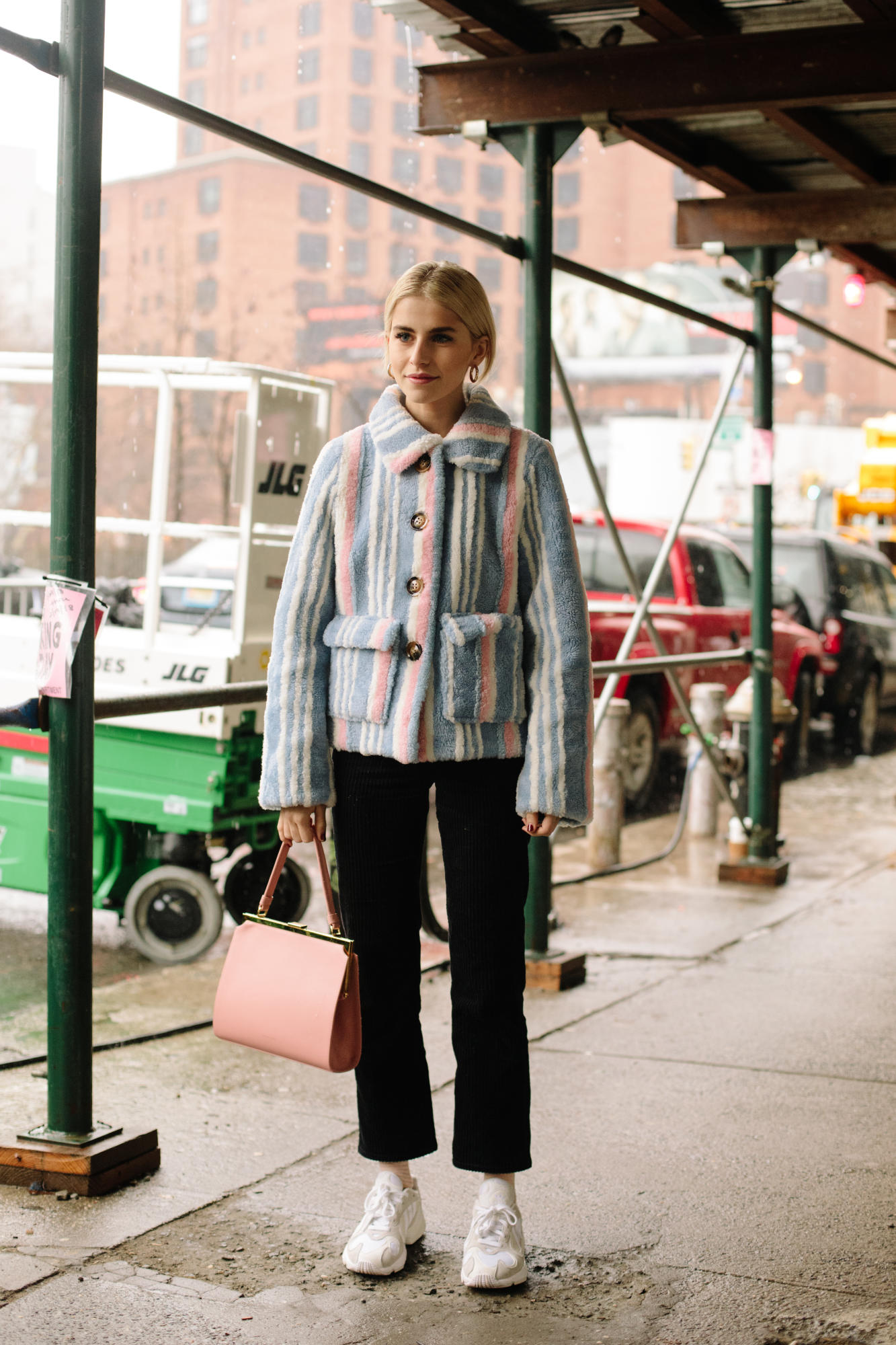
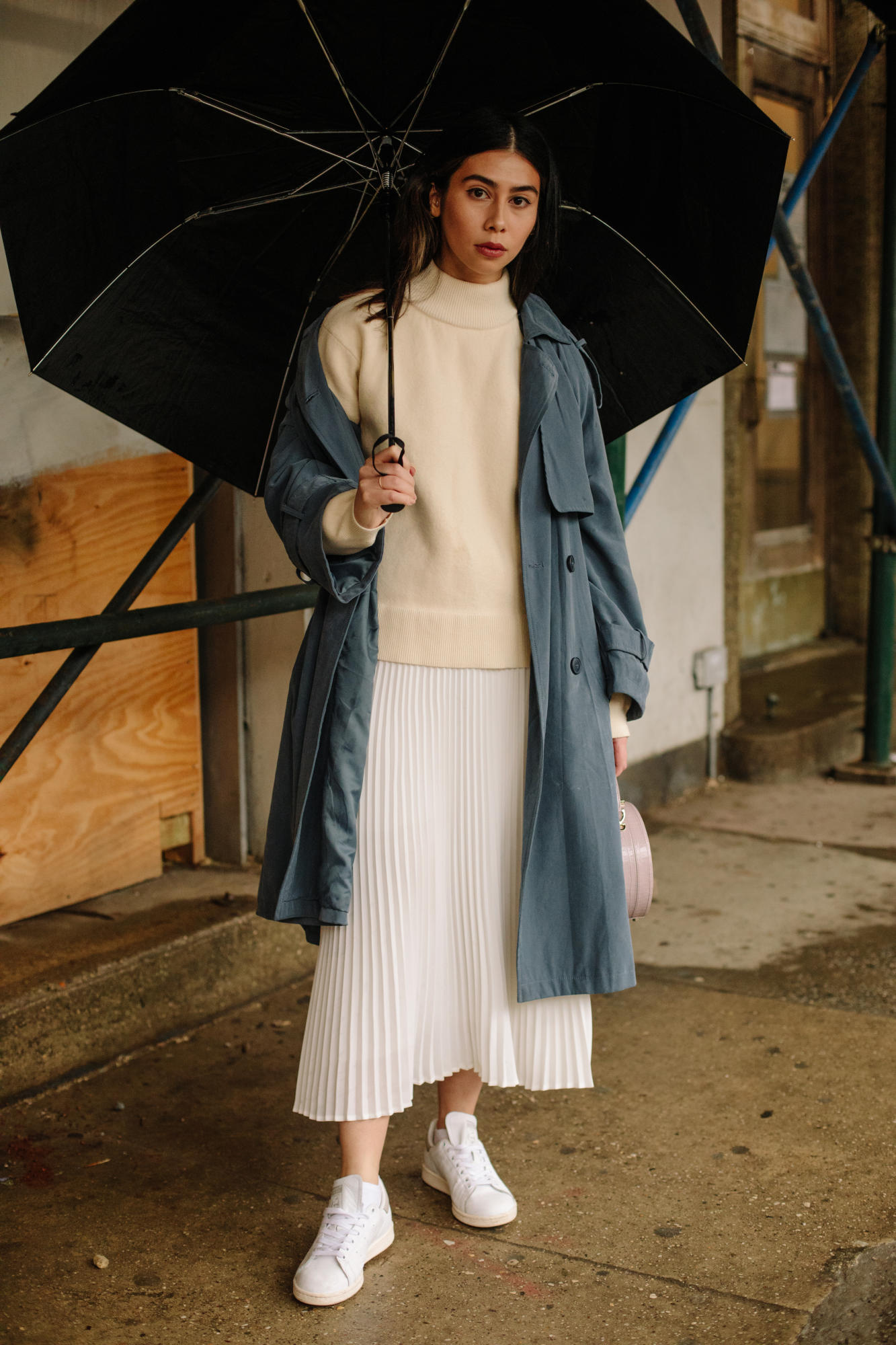
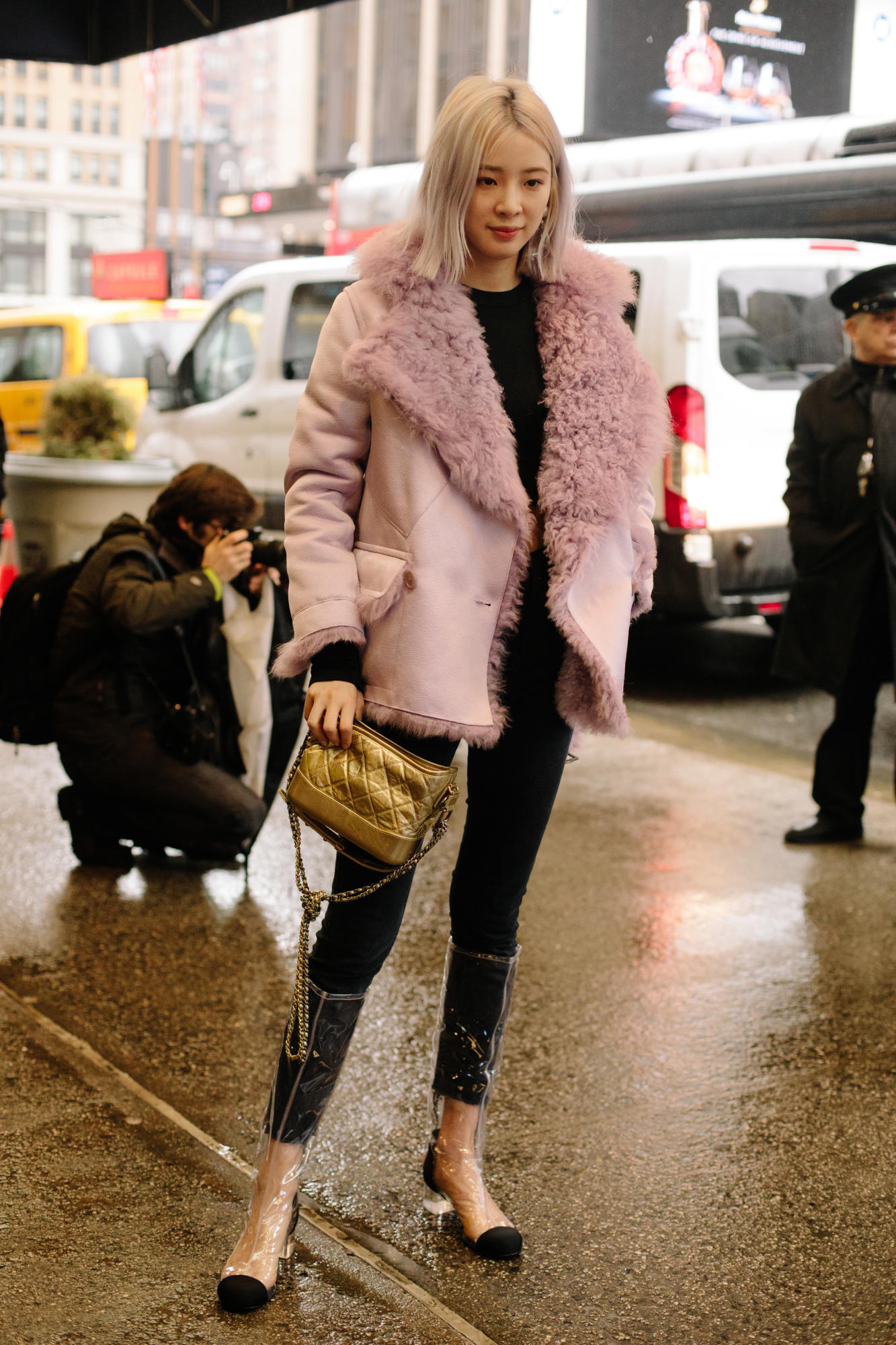
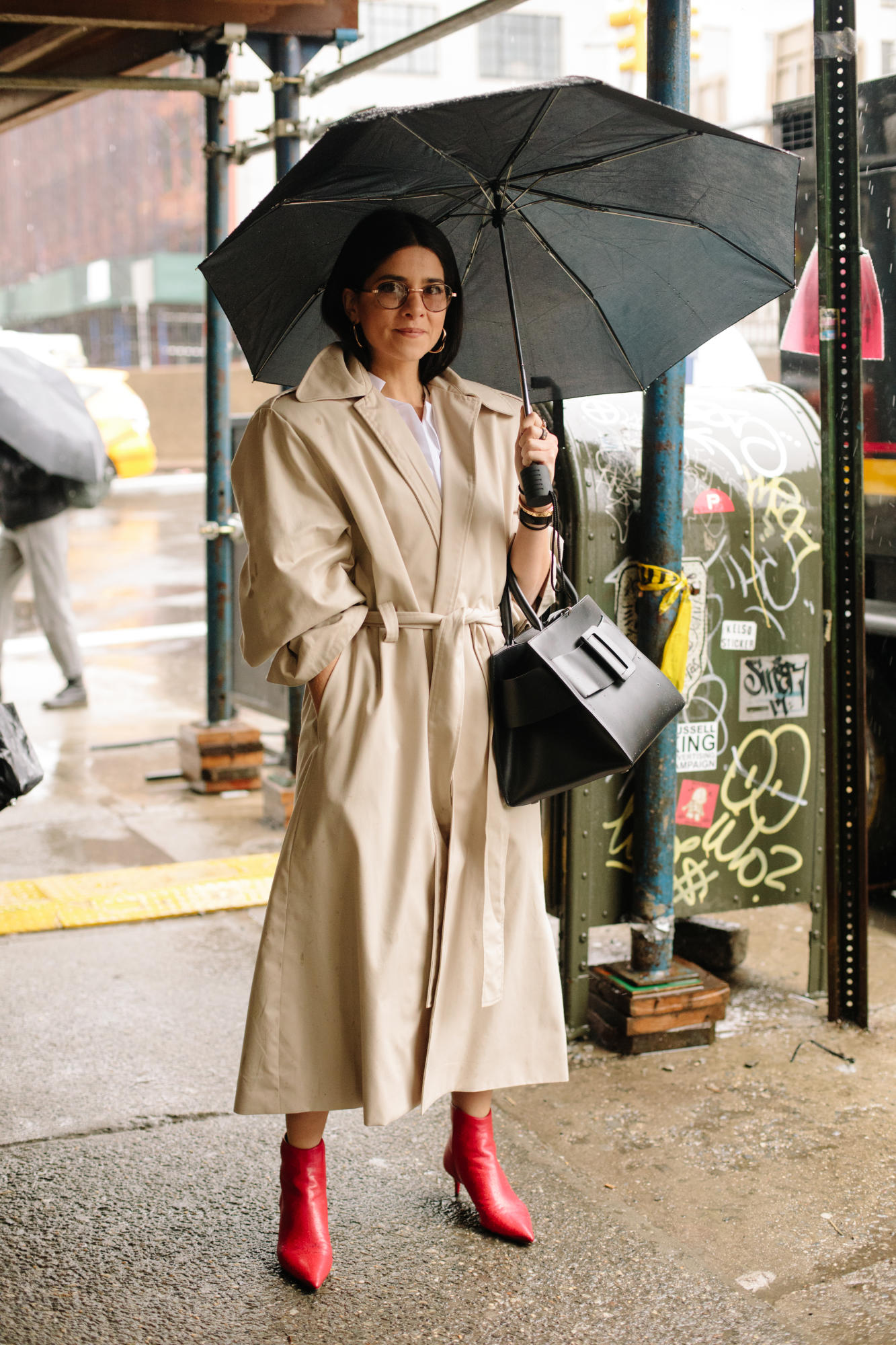

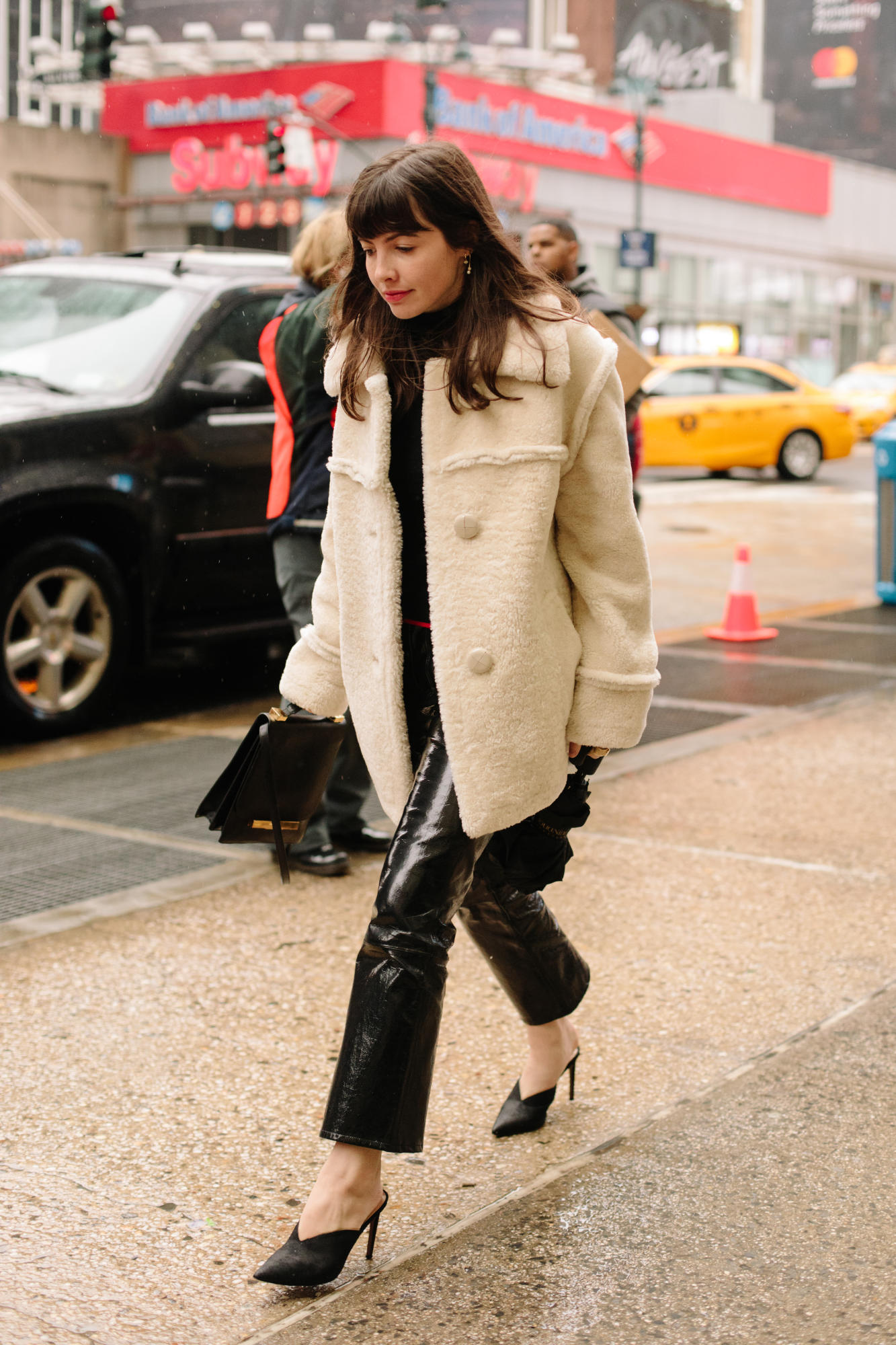
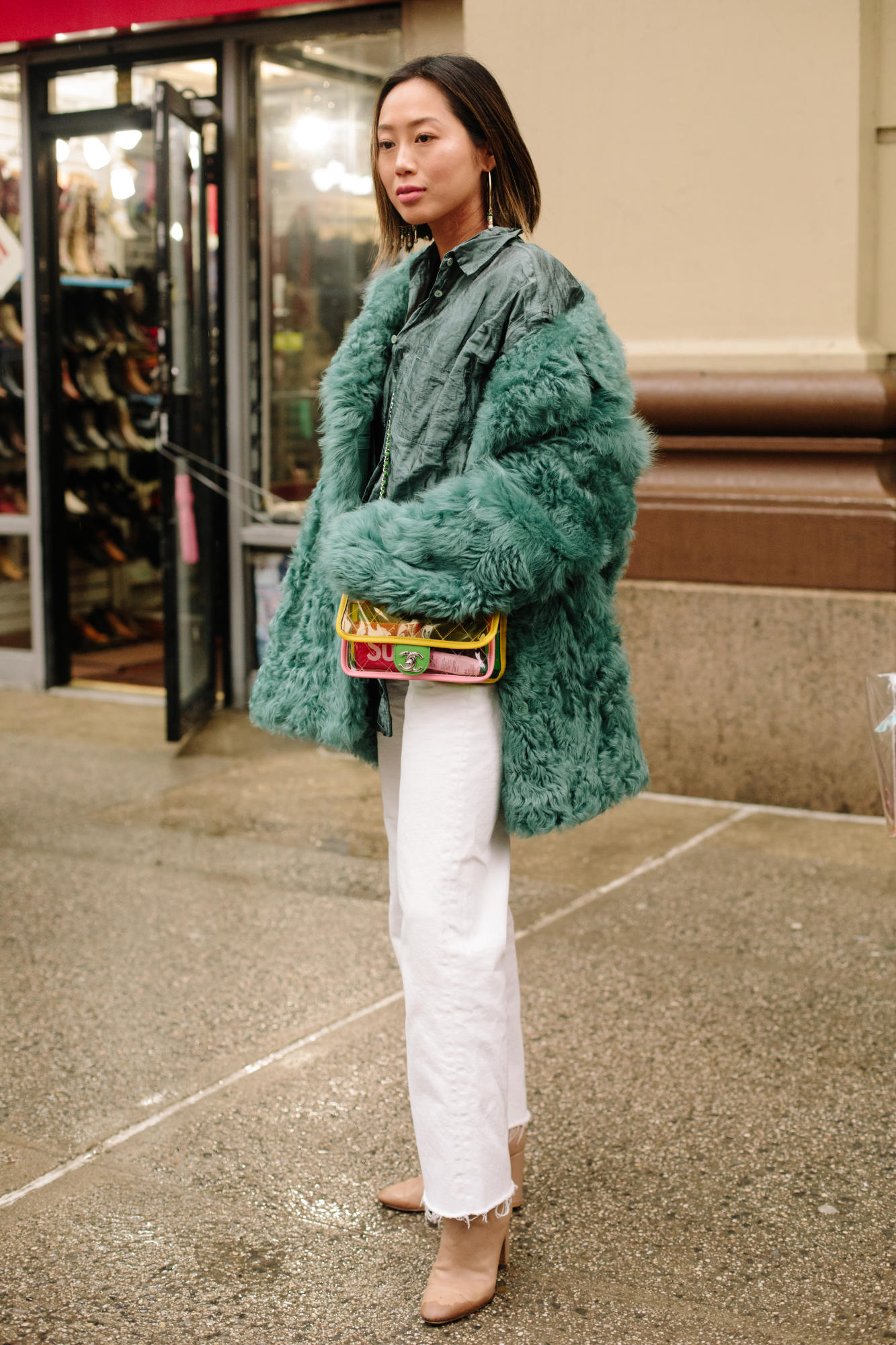
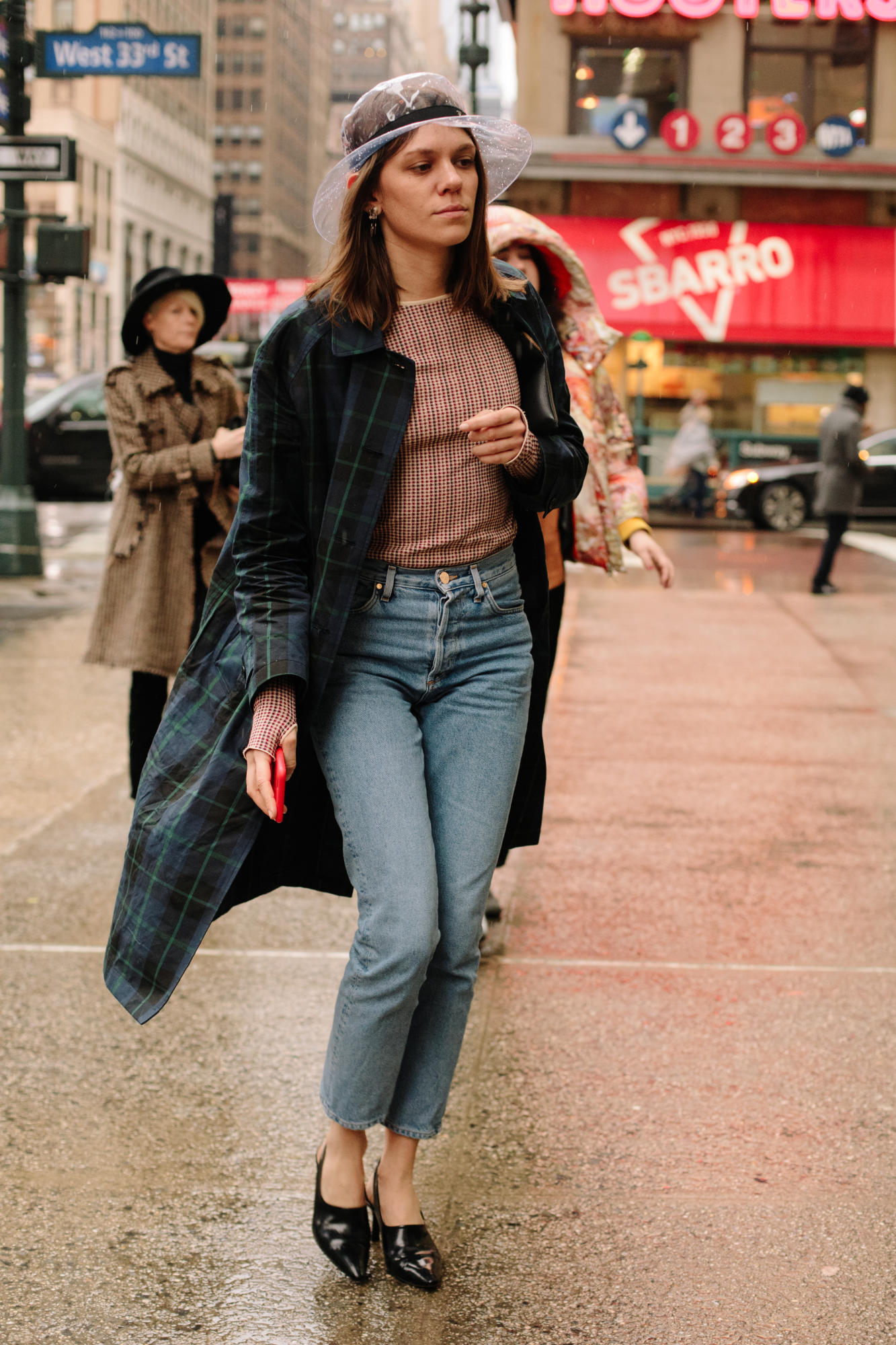

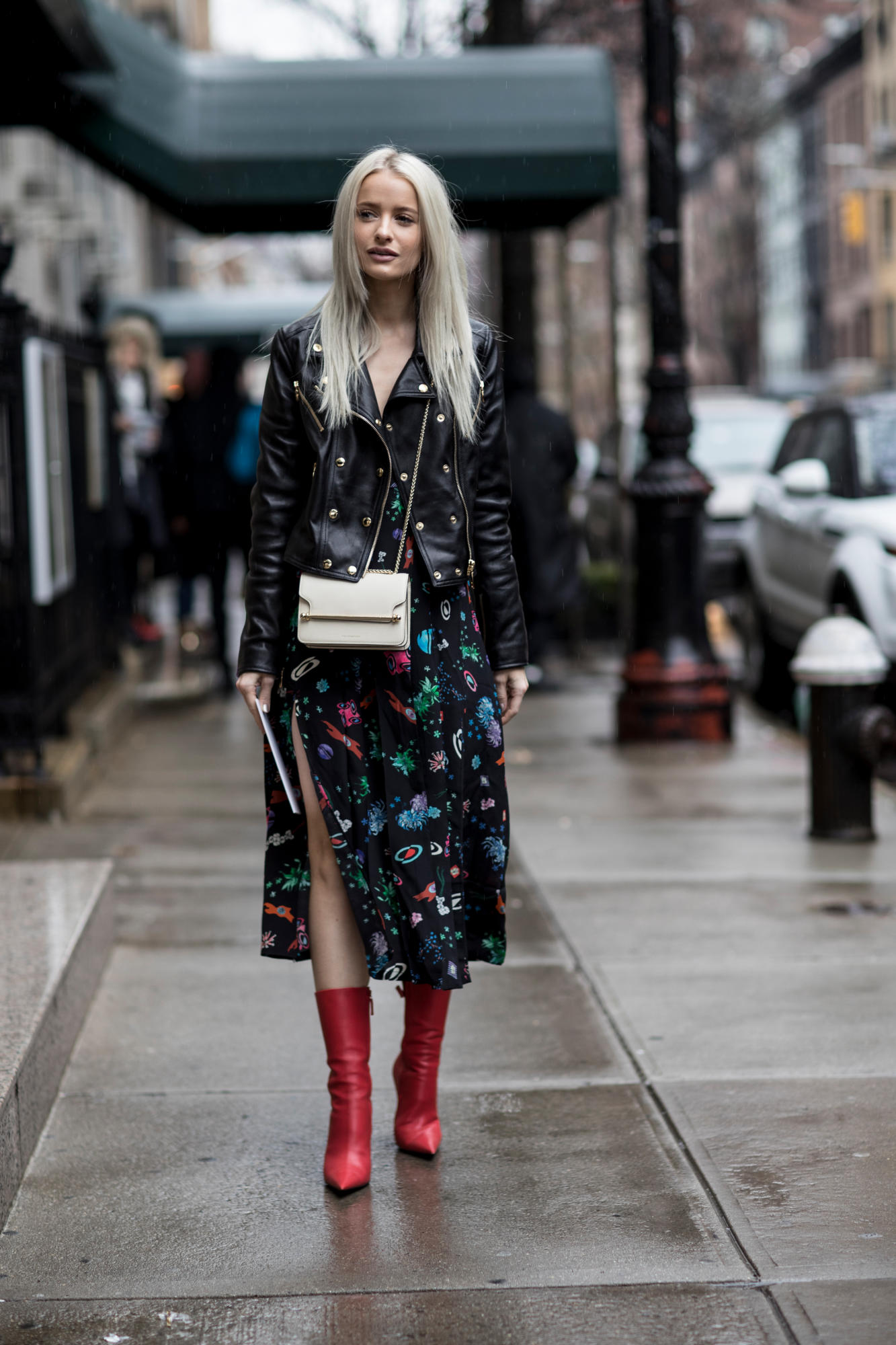
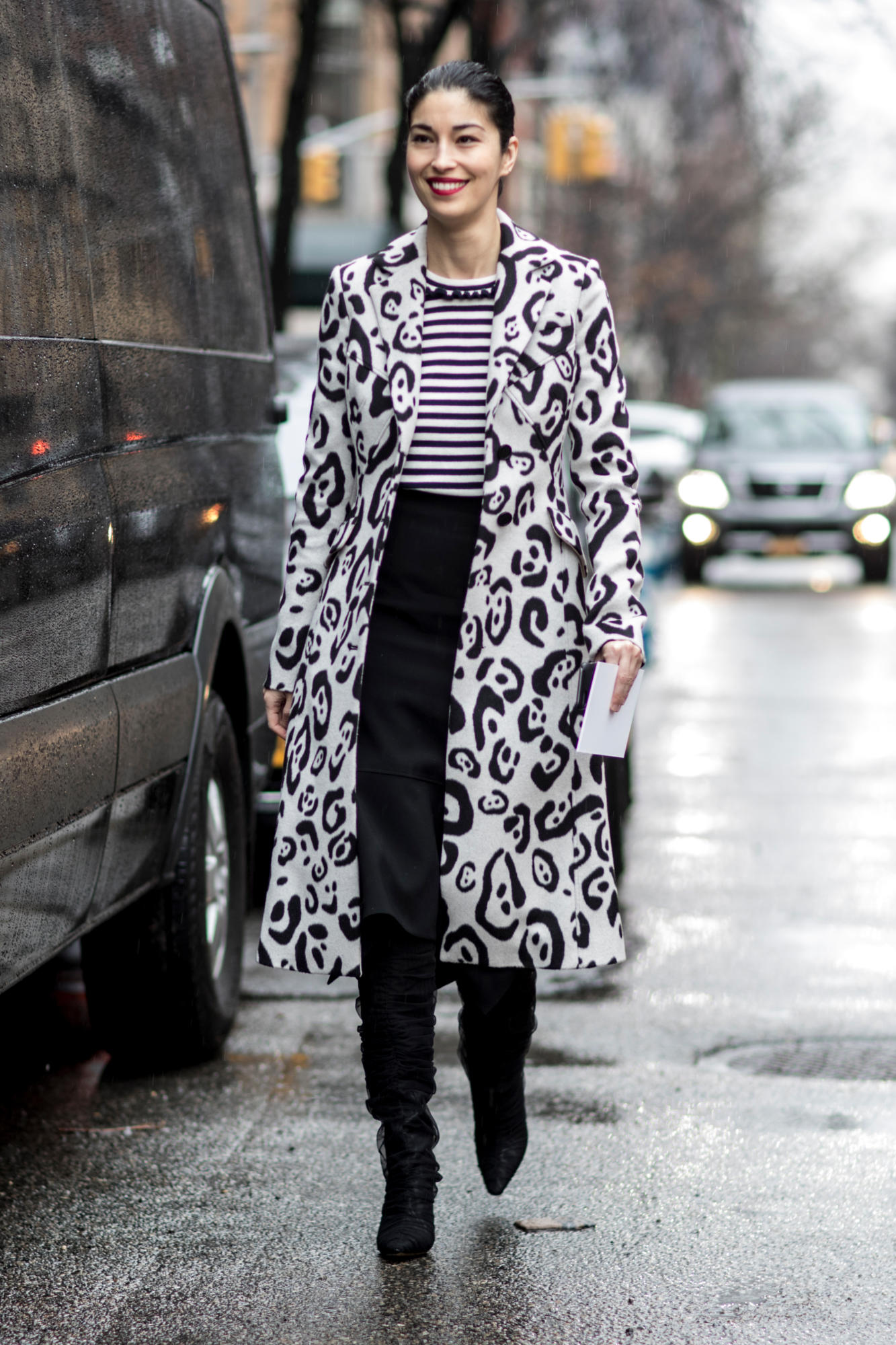
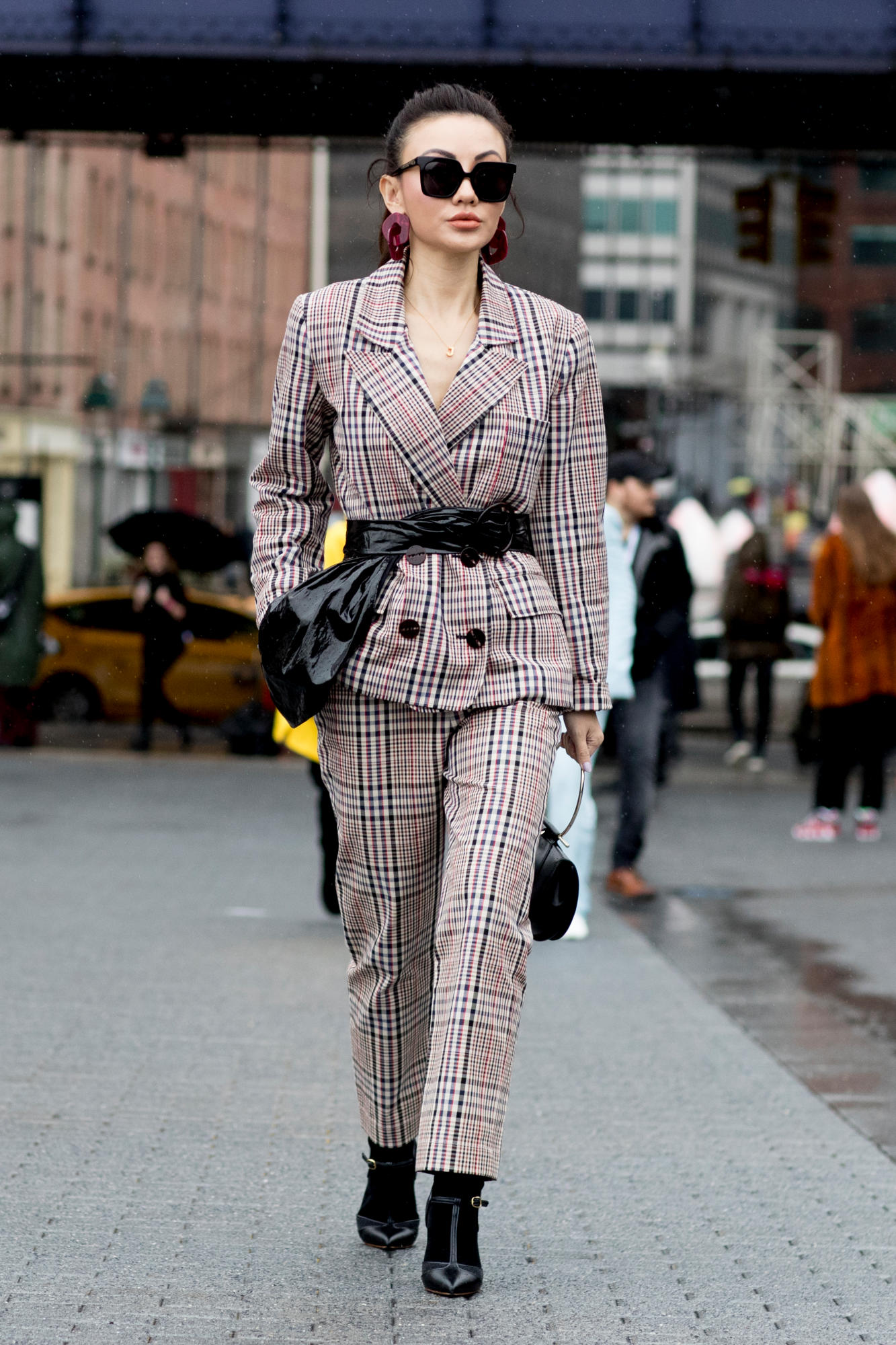
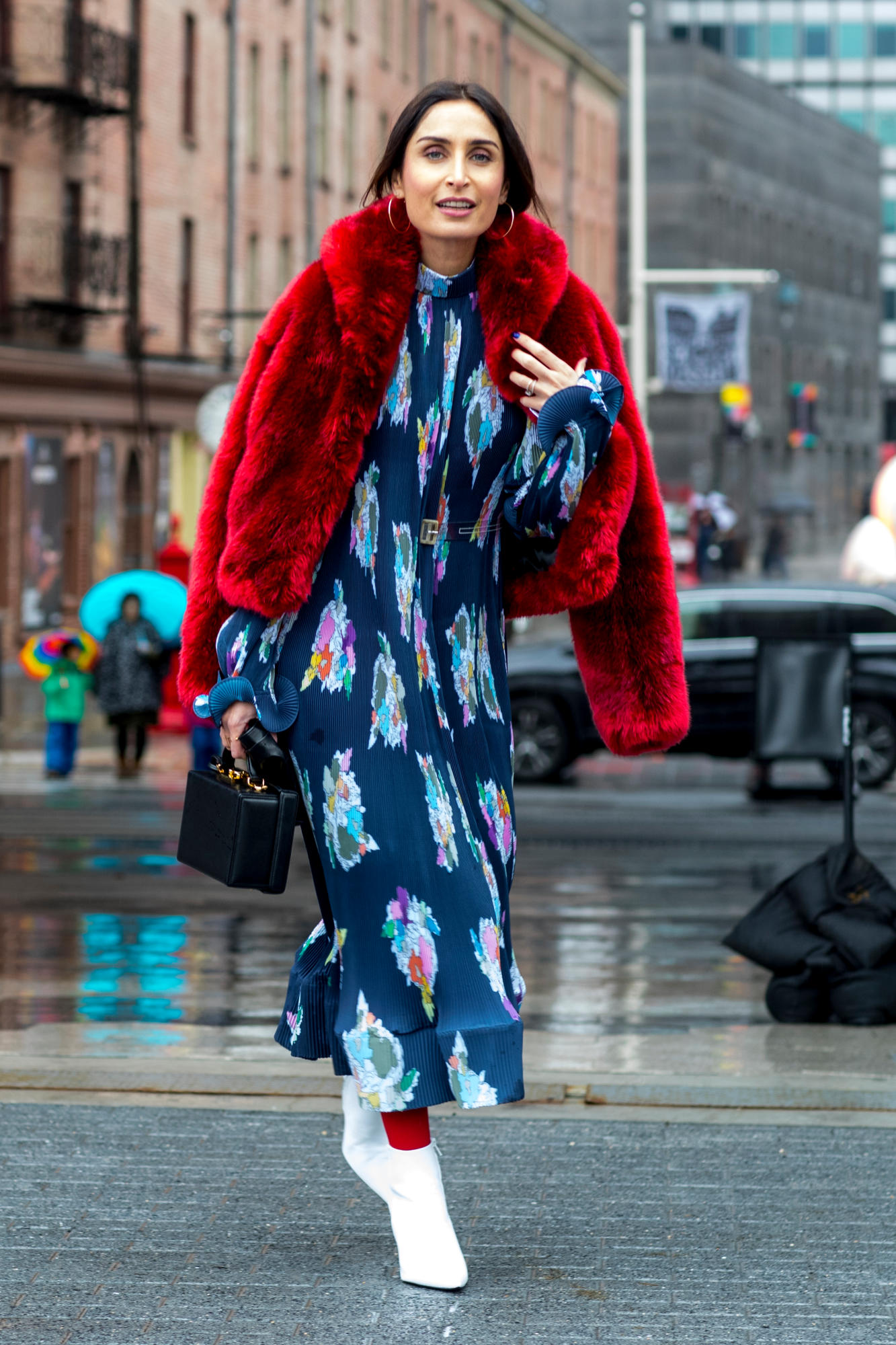




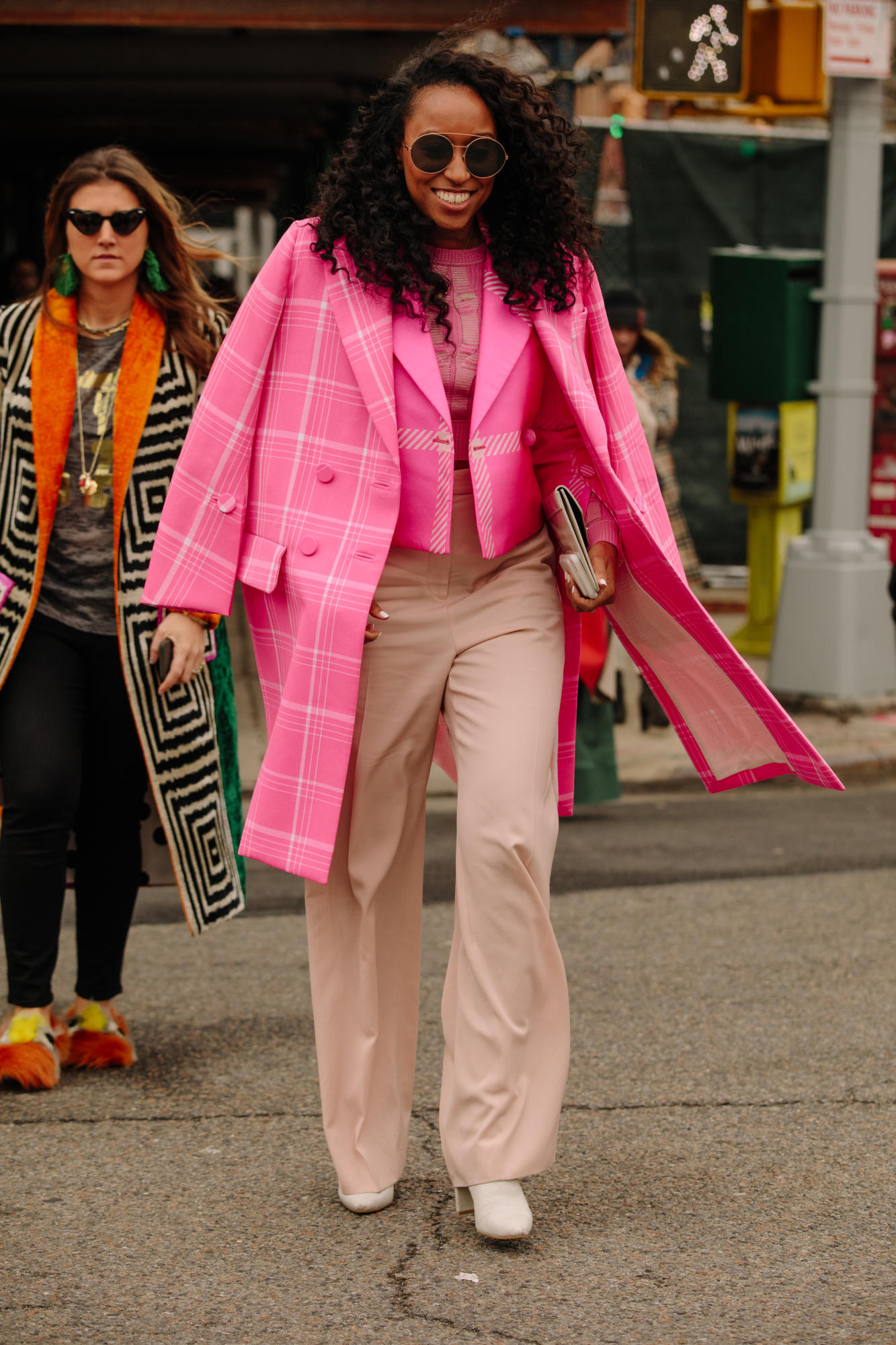
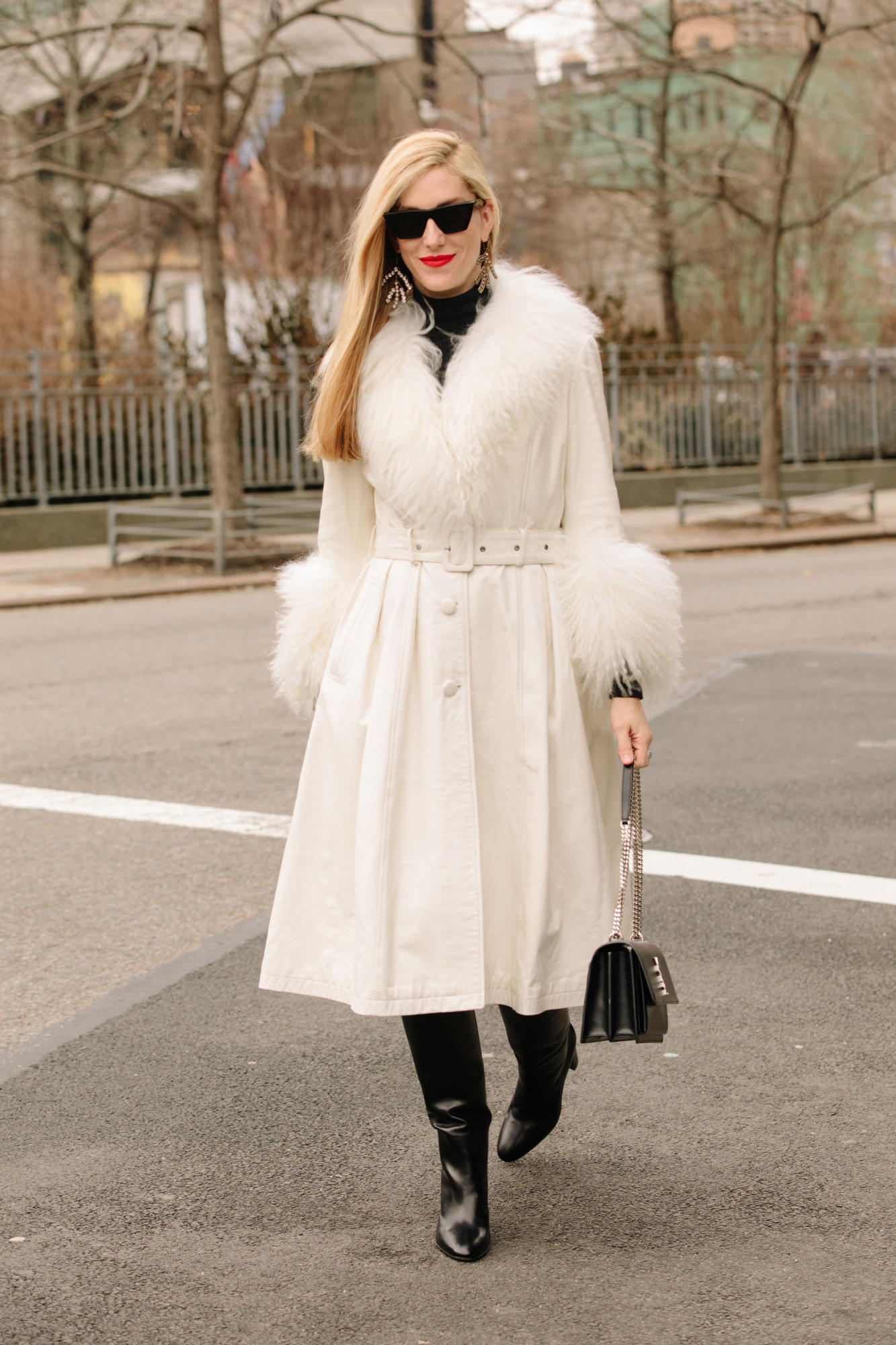
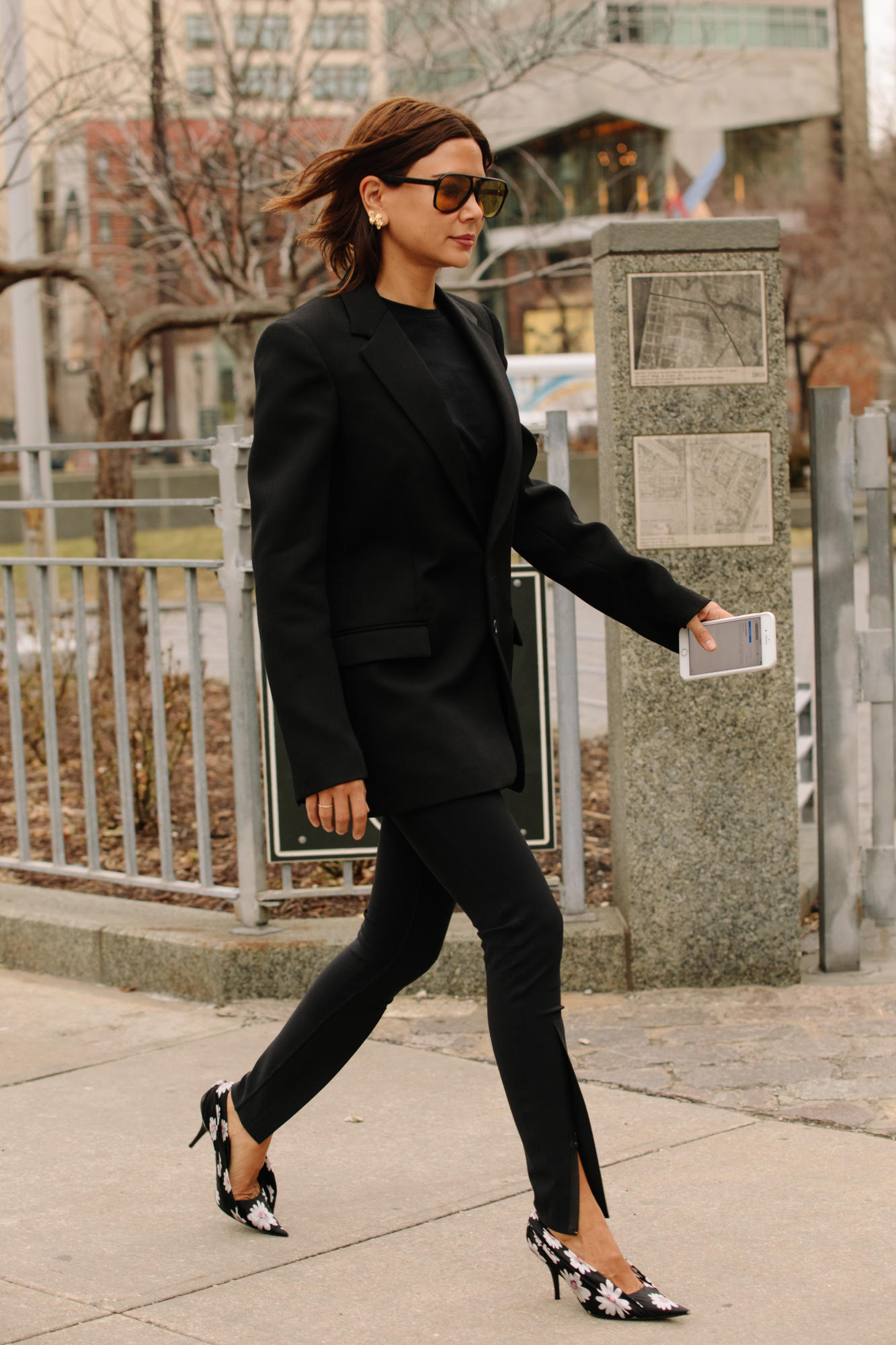
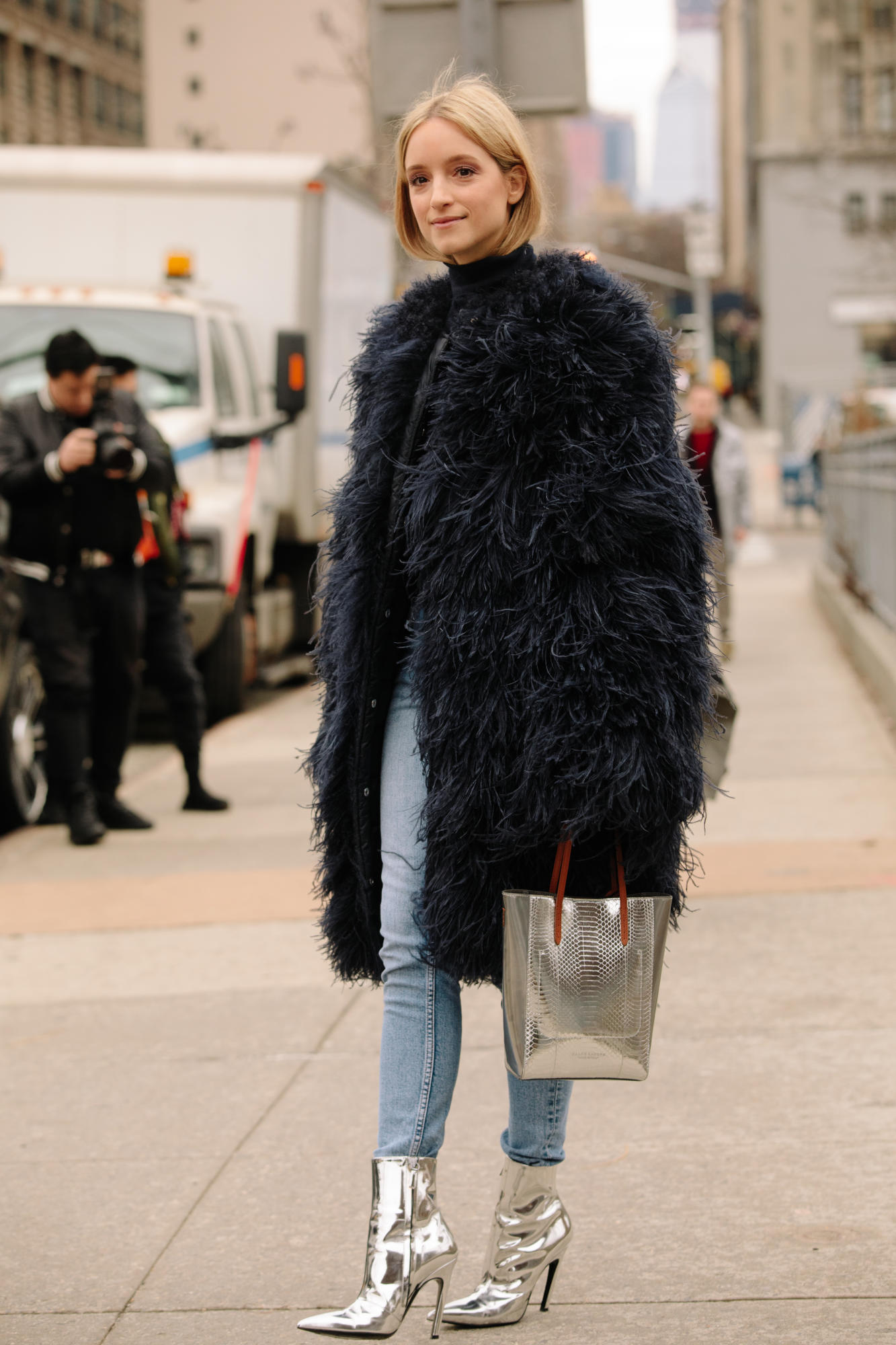

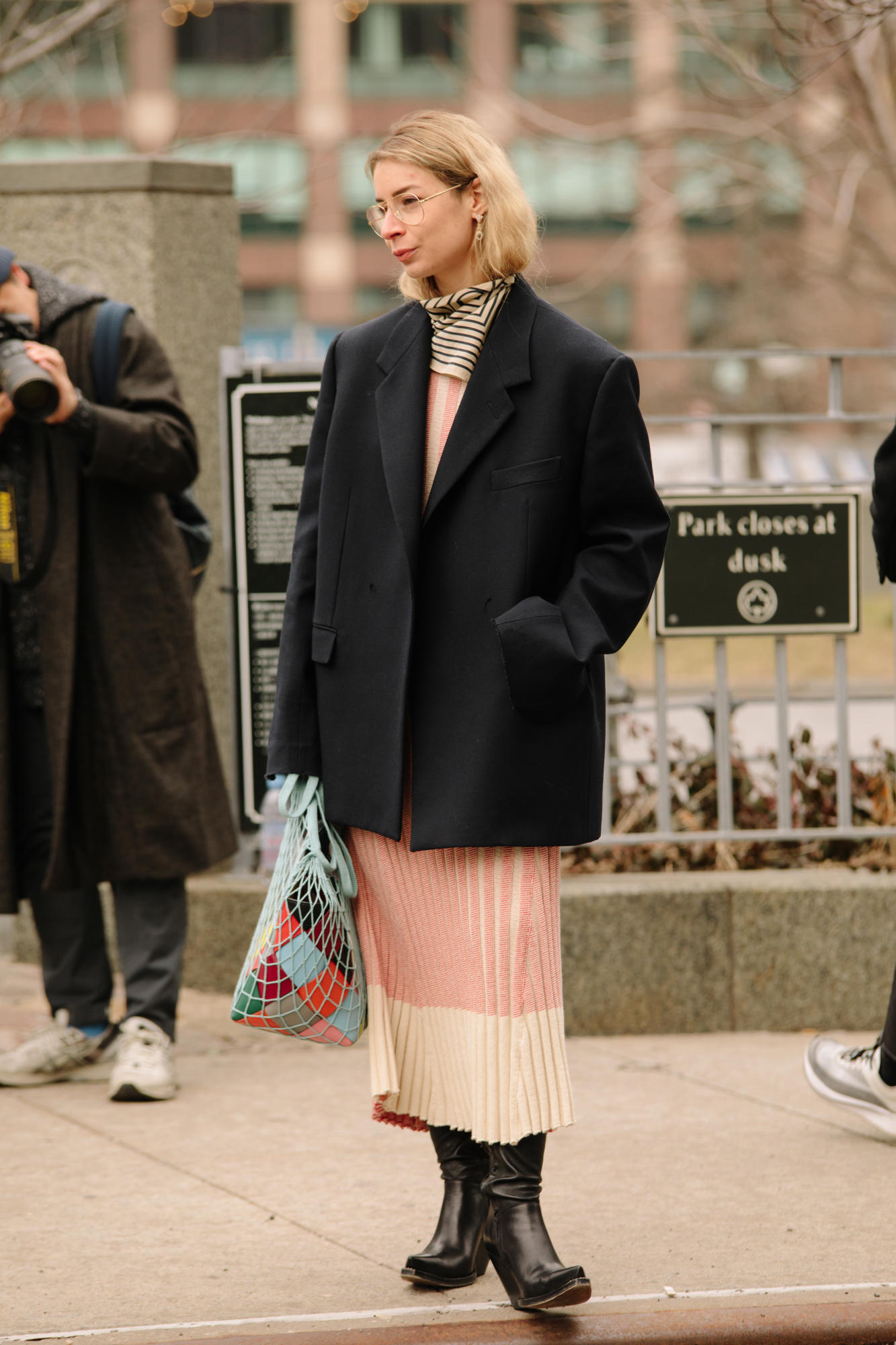
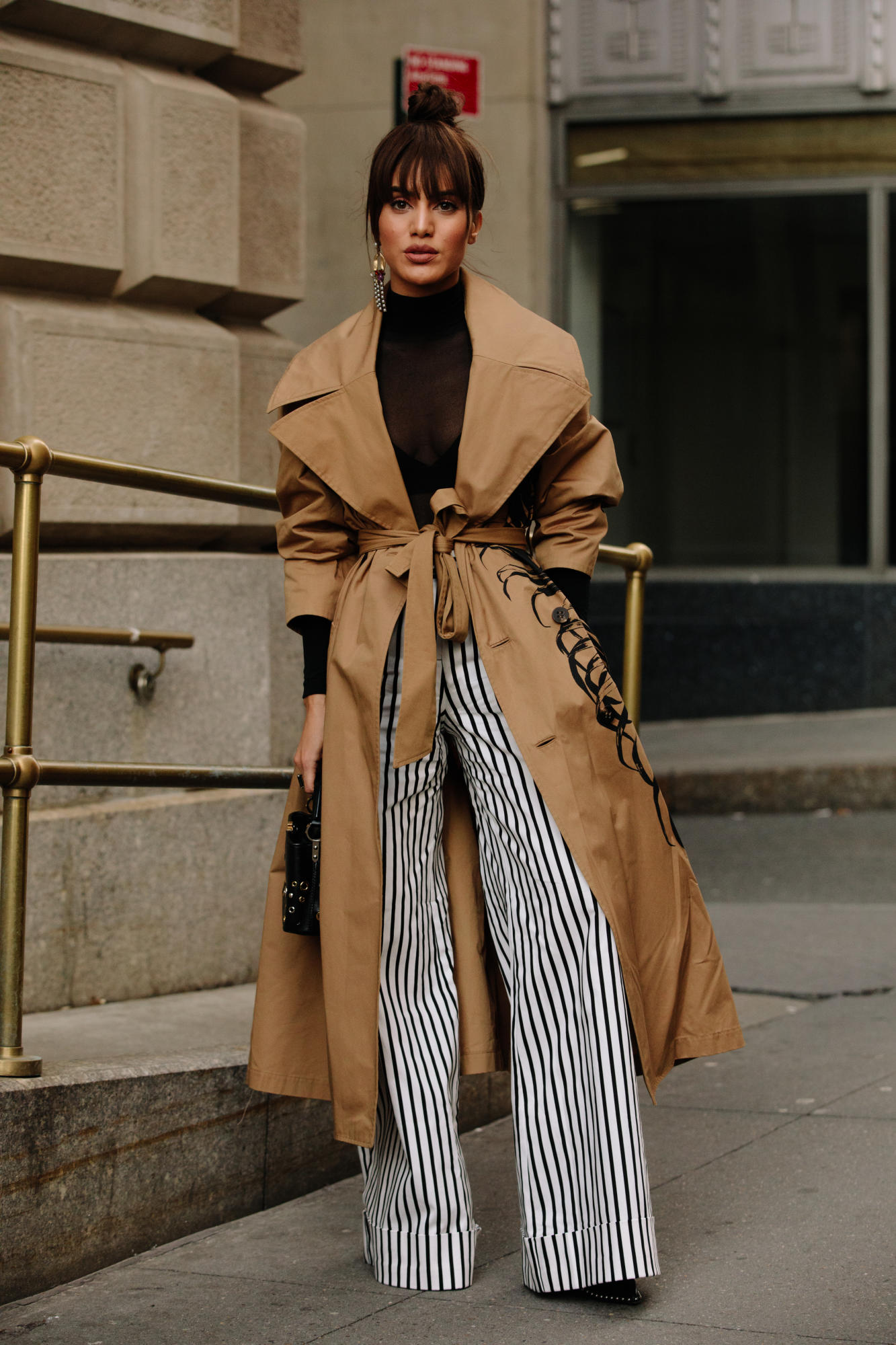
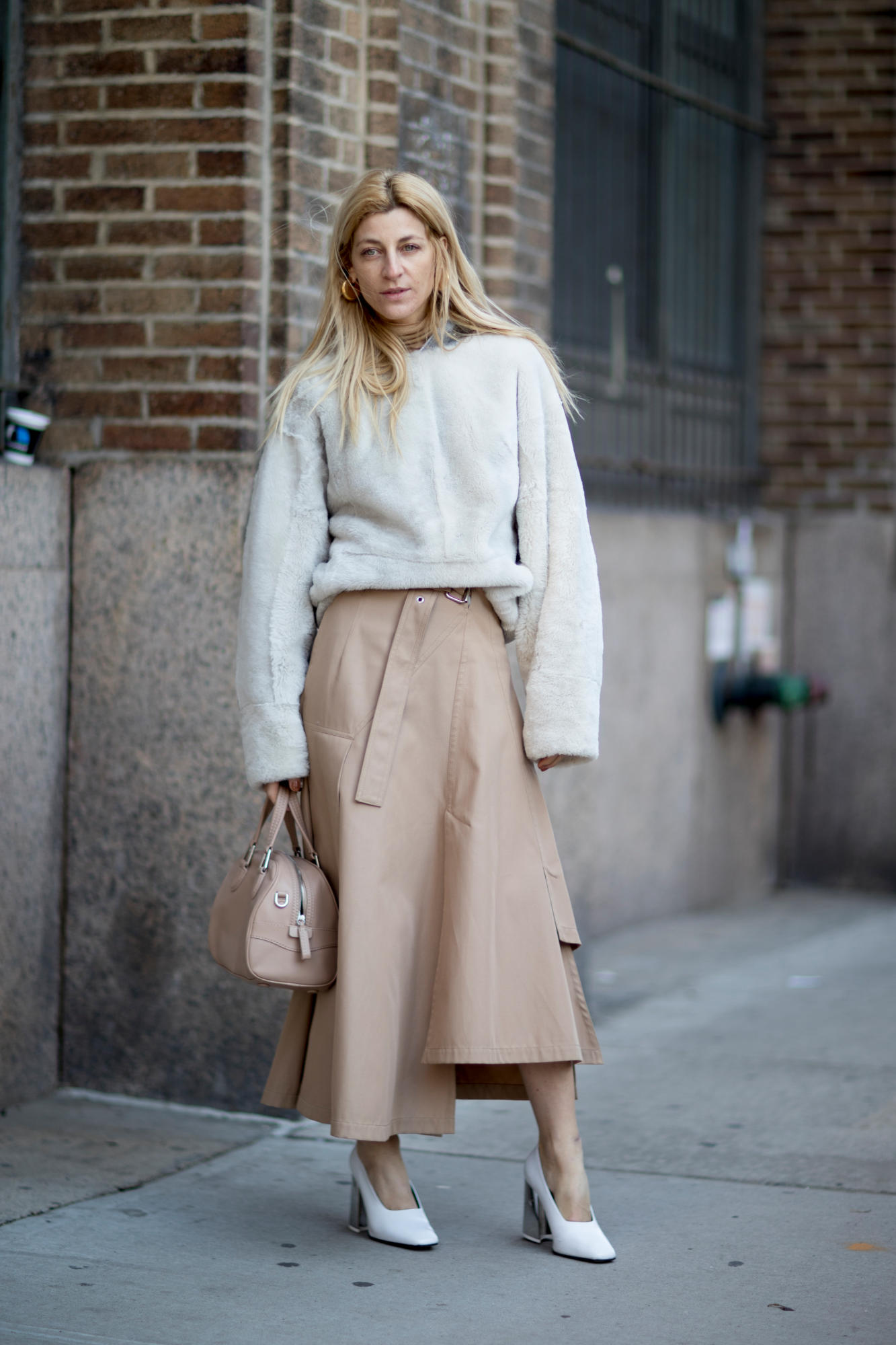
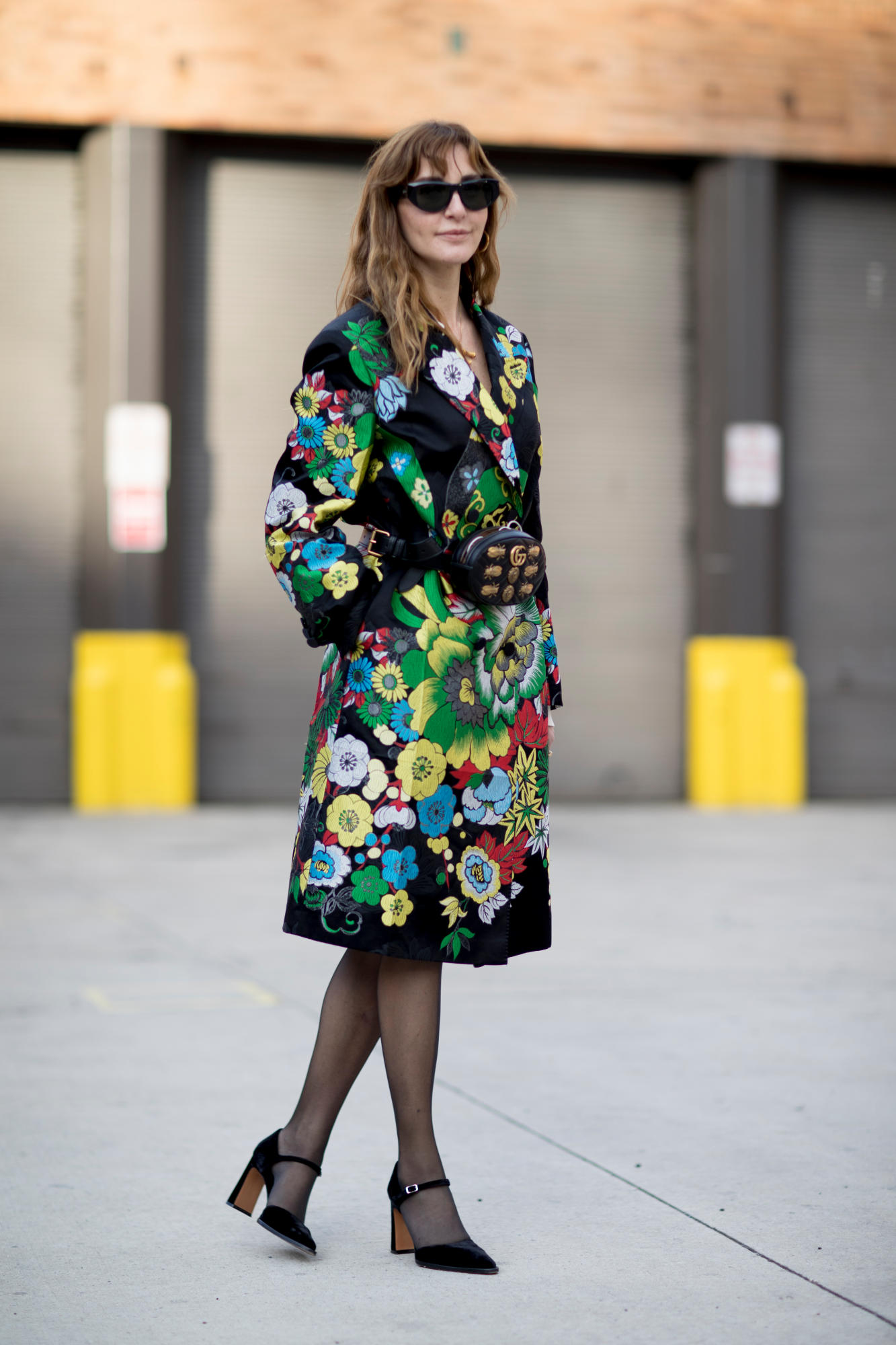

Every February 14, across the globe flowers, gifts and sweet treats of different flavour, size and shape are exchanged between loved ones.
Valentine was a priest who served during the third century in Rome. When King Claudius II decided that single men made better soldiers than those with wives and children, it was then when he forbid marriage for young men.
Before his death, he sent the first “Valentine” greeting himself, which he was signed “from your Valentine” an expression that is still used to this very day. Although the truth behind the Valentine legend differs, the stories all emphasize his appeal as a sympathetic, heroic and most importantly romantic figure. Valentine’s death allowed us to love and enabled many to celebrate this month of romance so cherish it.
 Manolo Blahnik for Jonathan Simkhai fall ’18.Rex Shutterstock
Manolo Blahnik for Jonathan Simkhai fall ’18.Rex Shutterstock
 Jason Wu x Manolo Blahnik.Rex Shutterstock
Jason Wu x Manolo Blahnik.Rex Shutterstock

Sally LaPointe

Carolina Herrera
































































Dutch Police of Rotterdam will soon be able to confiscate your clothes if you can’t prove that you legally paid for them.
The new measure is geared toward young men in the designer or expensive-looking clothes that the police have reason to believe were stolen or bought using funds from criminal activities. They plan to undress them on the street.
Signals —-These are young people with no income, sometimes even debts from a previous conviction, but also wear an outfit that exceeds 1500 euros.
It’s not clear how police will decide if you bought your clothes legally. Nor is it clear whether the squad will be trained to spot rare Supreme, or if they’ll just be looking out for young men flexing a Rolex or a Gucci belt.
According to a spokesperson from the Rotterdam police, the program will only be brought in to Rotterdam West and is intended to only target a small group of men aged 16-30 who are already involved in crime. However, many residents have already expressed concerns about the city’s plans.
Some of the young interviewed cited worries about racial profiling, increased tensions with the police, and a reluctance to change how they dress. As one of our interviewees eloquently put it, “It’s not a crime if you are wearing a KILLER look.
The police must be fashion conscious
What they’re looking for: with this winter weather – for example – jackets from the Canada Goose and Woolrich brands of around 1,000 euros are particularly popular.



Dior (left) and Jean-Paul Gaultier (right)


















The Calendar
